Home PageAbout MindatThe Mindat ManualHistory of MindatCopyright StatusWho We AreContact UsAdvertise on Mindat
Donate to MindatCorporate SponsorshipSponsor a PageSponsored PagesMindat AdvertisersAdvertise on Mindat
Learning CenterWhat is a mineral?The most common minerals on earthInformation for EducatorsMindat ArticlesThe ElementsThe Rock H. Currier Digital LibraryGeologic Time
Minerals by PropertiesMinerals by ChemistryAdvanced Locality SearchRandom MineralRandom LocalitySearch by minIDLocalities Near MeSearch ArticlesSearch GlossaryMore Search Options
The Mindat ManualAdd a New PhotoRate PhotosLocality Edit ReportCoordinate Completion ReportAdd Glossary Item
Mining CompaniesStatisticsUsersMineral MuseumsClubs & OrganizationsMineral Shows & EventsThe Mindat DirectoryDevice SettingsThe Mineral Quiz
Photo SearchPhoto GalleriesSearch by ColorNew Photos TodayNew Photos YesterdayMembers' Photo GalleriesPast Photo of the Day GalleryPhotography
╳Discussions
💬 Home🔎 Search📅 LatestGroups
EducationOpen discussion area.Fakes & FraudsOpen discussion area.Field CollectingOpen discussion area.FossilsOpen discussion area.Gems and GemologyOpen discussion area.GeneralOpen discussion area.How to ContributeOpen discussion area.Identity HelpOpen discussion area.Improving Mindat.orgOpen discussion area.LocalitiesOpen discussion area.Lost and Stolen SpecimensOpen discussion area.MarketplaceOpen discussion area.MeteoritesOpen discussion area.Mindat ProductsOpen discussion area.Mineral ExchangesOpen discussion area.Mineral PhotographyOpen discussion area.Mineral ShowsOpen discussion area.Mineralogical ClassificationOpen discussion area.Mineralogy CourseOpen discussion area.MineralsOpen discussion area.Minerals and MuseumsOpen discussion area.PhotosOpen discussion area.Techniques for CollectorsOpen discussion area.The Rock H. Currier Digital LibraryOpen discussion area.UV MineralsOpen discussion area.Recent Images in Discussions
GeneralCollected With Your Dirty Hands -- Location and In-Situ Edition
3rd Nov 2017 19:04 UTCScott Rider
I have quite a few and I'll post them on this forum and their corresponding location gallery page. I feel that maybe this will encourage people to upload more to the actual locality galleries (like Dal'Negorsk, Devil's Head, etc.) as well. I have found that those images tell a much better story of the geology and mineralogy of the locations than an image of the outside of a mine or towns nearby...
The first contribution is in Saguache County, Colorado. A location known for its chalcedony geodes, but less known for its killer chalcedony pseudomorphs of Calcite. The first image is the hole where you can see the darker grey geodes in the walls of the hole. The 2nd image is an actual geode in-situ in that same hole. I will upload more, but my lunch time is over... Back to work!!!
Example of a location image:
Example of in-situ specimen;
Chalcedony pseudomorph calcite:
3rd Nov 2017 20:29 UTCScott Rider
This is a brecciated section of the mine that hosts calcite, silver, gold, aragonite, and lots and lots of manganese. The calcite clusters, golden crystals formed in between the rocks in the cracks and voids. Gem quality golden calcite formed within those cracks along with silver. I personally did not find any silver or goldl, but metal wires of silver was found were I was digging by my friends.
Breccia:
Calcite from that spot:
3rd Nov 2017 21:18 UTCDon Saathoff Expert
I'd take that calcite over a few wires of silver any day!!
Don
3rd Nov 2017 21:28 UTCScott Rider
4th May 2018 15:36 UTCScott Rider
My contribution for today is in Park County, Colorado, April, 2018. I don't really have in situ images today but below showed typical finds from a typcial Pike's Peak batholith type pegmatite.
Looking from the entry of the dig
Behind the rocks in center was a nice medium size pocket, maybe the size watermelon. Almost every Crystal was detached from the host rock and only a couple combos came out. But it contained dozens of crystals of Smoky quartz, curved microcline, and colorless to blue fluorite. It was completely inundated with red clay and it took many hours to extract each piece without damaging them. I use chop sticks or skewers to dig thru the clay. I never use metal tools when I hit a pocket (hint hint).
Some of the crystals found from above
4th May 2018 15:37 UTCScott Rider

4th May 2018 17:28 UTCKelly Nash 🌟 Expert
7th May 2018 17:53 UTCScott Rider
I'm still packing for a move, so I don't have an image of the fluorite, but its a 3/4ths cube, blue with faint purple phantoms within! Very gemmy and the luster was decent. Not glassy, but very good for a pegmatite derived fluorite.
After a rinse with soap and water. I don't even have to run it through an acids, it cleaned very easily.

30th May 2018 21:58 UTCRolf Luetcke Expert
This is a collecting spot but a different one. It is between Fairbank and Tombstone Arizona and we are collecting Bisbee minerals. The story here is that the railroad bed was built in 1887 from early Bisbee overburden from the Copper Queen and Denn mines and it was brought out to build the railroad bed which was finally finished in 1902. We discovered the rail bed by accident and I just added a story about it to the mindat page for Fairbank and some photos. Kind of cool to be collecting 1887 Bisbee minerals and not in Bisbee but near Tombstone.
30th May 2018 22:16 UTCAndrew Debnam 🌟
Andrew
30th May 2018 22:53 UTCScott Rider
Part of why I started this is to see what the environments look like right where the minerals are found. This helps me when I am out in the field looking around. It also shows people where these minerals form and what they look like today before they get extracted (or right after). I see many locality images of mines and dumps, but rarely do they have in-situ images.
Once I have some extra time, I'll upload the locality images to their corresponding MinDat pages. I have a ton of in-situ images of many locations in Colorado. And a few of those locations barely have mineral images, let alone the site images.

31st May 2018 19:26 UTCMatt Ciranni

3rd Jun 2018 14:14 UTCjeff yadunno
apatite, titanite and other minerals in an etched out calcite vein
i was scooping out the muck in the lower half of the pics and sorting through it
miller property, sebastopol
http://s253.photobucket.com/user/subsonicdrone/media/DSCF9401_zpsu6g5opex.jpg.html
3rd Jun 2018 16:57 UTCAntonio Borrelli Expert
Here after making my way through bramble bushes I'm digging a few holes to make some rough steps and reach that large ejecta above me in the middle of the picture which seemed very interesting.
After nearly a hour of not easy work and with the help of a friend I almost managed to pull it out of the wall.
Finally I can now examine it closely.
3rd Jun 2018 17:02 UTCAntonio Borrelli Expert
After cleaning and trimming of the ejecta we obtained 5-6 pieces which were really not that bad!
In the first picture below the crystal on the left is the one I'm pointing with my finger above.

3rd Jun 2018 19:22 UTCBecky Coulson 🌟 Expert

4th Jun 2018 00:30 UTCDavid K. Joyce Expert
Somehow I managed to find a whole whack of what I think are probably quartz pseudomorphs after fluorite. Hard to say for sure. They are octahedral shapes, drusy quartz, that are hollow and generally filled with iron oxide. Could have been pyrite, I guess. Nobody had mentioned anything like that to me so I was surprised to find them.
Collecting is by digging in the soil and recovering chunks of "float", talus-like fragments that have probably moved down over time from further up the hillsides.
Here are a few pics of the collecting locality(not all that far from where Rolf lives) and some specimens.
Nothing earth-shattering but it was fun collecting and an unexpected find.
Best, David K. Joyce
This is the digging environment.
Looking north-ish from the collecting area.
This is a view of Patagonia, way down in the valley below the collecting spot.

4th Jun 2018 00:37 UTCDavid K. Joyce Expert
I'll go back in the Fall and see if I can do better!! :)
David K. Joyce
4th Jun 2018 01:32 UTCScott Rider
I think the quartz pseudomorph is probably after fluorite. Are there any other octahedral minerals in that area?

4th Jun 2018 01:44 UTCDavid K. Joyce Expert
Don't know yet, if there are other octahedral minerals. I'm new to the area. I suspect it is fluorite.
David K J

4th Jun 2018 13:50 UTCRolf Luetcke Expert
Yes, probably fluorite for the original mineral. Here the pyrites are mostly cubes but octahedral can happen also but much less common.
You left Arizona in time David, just got up to the hundreds recently and dry as a bone.
Nice pieces you found.
Rolf

4th Jun 2018 14:24 UTCDavid K. Joyce Expert
Want to go there together in the fall? I'll assure Mary that I'll only let you bring a small amount home!! :)
David K. Joyce

6th Jun 2018 13:00 UTCChris Rayburn
David, a third vote for quartz after fluorite. It looks like at least some of them are epimorphs. Very similar to material from Ouray and San Juan Counties in southwestern Colorado.

8th Jun 2018 02:04 UTCJoshua Frank
I believe the surrounding rock is a limestone / silicate contact area? With the quartz entering into the spaces and voids that could produce crystals.
The quartz vein we found ; an approximate 6 foot long and 18 inch wide slot produced crystals that are pineapple shape / burr quartz. under a heavy coating of mud and limestone silt. The points are milky and have a heavy coating on them. A few nice 3/4" points popped up while digging into this vein that are not covered with limestone and secondary quartz growth.
Let me know if my understanding of this occurrence is even close! Like I said, I am no geologist, just a amateur field collector that walks and bush bashes any hill where I see some minerals.....crystallized.
Josh


10th Jun 2018 13:50 UTCFlorian Baur
If any of you have more photos, please keep posting! :D
10th Jun 2018 15:49 UTCScott Rider
http://www.mineral-forum.com/message-board/viewtopic.php?t=2692&sid=d5a26eeade62ee52bc76efa566791e42
It was this very article that got me thinking about an in-situ topic for MinDat!

14th Jun 2018 10:16 UTCFlorian Baur
14th Jun 2018 15:50 UTCScott Rider
17th Jun 2018 01:57 UTCFrank Karasti 🌟 Expert
A Botryoidal specimen of goethite or hematite. It is very iridescent. Waiting for better weather to recover it. On a iron mine dump near Hibbing Mn.

17th Jun 2018 02:06 UTCDavid K. Joyce Expert
DKJ

17th Jun 2018 04:11 UTCDoug Daniels
17th Jun 2018 04:29 UTCFrank Karasti 🌟 Expert

17th Jun 2018 04:45 UTCAaron Cross


17th Jun 2018 04:49 UTCAaron Cross


17th Jun 2018 04:50 UTCAaron Cross



19th Jun 2018 18:48 UTCBob Harman
CHEERS........BOB

19th Jun 2018 19:41 UTCBob Harman
The locality is a road cut, seen in winter, about 8 miles East of the town of Salem, Washington County Indiana.
The matrix is a very porous dolostone which fractures readily after each freeze thaw episode. Note the obvious fracturing.
The first in-situ example is a large well displayed specimen of calcites on bright brick-red dolomite. It is about 12' up on the high wall and was never collected as it fell apart over a 3 year period of being exposed. If collected intact, it would have made a nice large cabinet display specimen with nice $$$ potential.
This second in-situ example is a large oval specimen with multiple well formed and pristine calcites on orange dolomite. It was very fresh when first exposed, probably needing little cleaning. Altho it also would have made a nice display specimen, it also was never collected. Both examples came apart, falling as pieces over several years.
CHEERS.......BOB
20th Jun 2018 00:09 UTCScott Rider
Aaron, is that area called something like Two Creeks, near Stoneham? My friend in my mineral club is the coordinator for field trips, and we've been talking about going to a place near Stoneham with wonderful calcite/baryte. I would love to know the location, if you are willing to divulge it, PM me some coordinates! I'd appreciate it.
Bob, that is also exactly what I was asking for this topic. Do you have some images of similar, cleaned up examples of the last few images you have in that last posting. I'd love to see those calcite up close. I've been getting more into calcite, because of its huge variety of habits and colors! Its really an intriguing mineral.
Its hard to get people to take images while their digging, once you hit a pocket of crystals, the immediate thought is NOT to take an image (at least for me that is!). I've been bad at getting images myself in the past, but I've been trying to get them this year. I'll probably upload some of the better quality images up to the actual localities..

20th Jun 2018 11:55 UTCUwe Ludwig
Rgds.
Uwe Ludwig
21st Jun 2018 01:31 UTCAndrew Debnam 🌟
22nd Jun 2018 00:02 UTCScott Rider

30th Jun 2018 23:07 UTCAaron Cross
7th Aug 2018 18:35 UTCScott Rider
Here is my latest dig at Crystal Hill. Chris Rayburn found an amazing vug (well breccia material with quartz filling in a void) of hundreds of well formed quartz, up to about 8 cms. Numerous large plates with isolated crystals and limonite pseudos of pyrite found there. I was in another part of the mine when he hit this. I got my turn toward the end of the vug, still pulling out a couple decent plates and tons of cool singles.
Albeit, none have been cleaned as of this posting, here is some images.
This is the vug from the outside. You can see a parka jammed in the hole. I placed that there in hopes to pull off a couple of plates that were on the side of the vug would fall off from hours of smashing:
Here is an image of inside the hole:
My really blurry hand for size reference, sorry don't have a better image with my hand for scale:
Next posting I'll post one of the crystals. Most of what I pulled from here is still wrapped up, as I am awaiting Chris's suggestions to clean. He's doing the experiments re: cleaning them... The specimens have a very thick, viscous black clay (manganese oxides?) that coats everything, but was also the reason that these crystals are still intact!!!
7th Aug 2018 18:39 UTCScott Rider
Here is a neat 5 cm crystal, where one sprouting crystal formed into another! The terminations are intact, my phone camera is just terrible and my SLR was stolen so its all I have at the moment.

8th Aug 2018 12:45 UTCChris Rayburn

8th Aug 2018 13:44 UTCChris Rayburn
8th Aug 2018 14:26 UTCScott Rider
Two weeks ago I was at Houselog Creek and part of the wall collapsed on my head and back. That one was particularly painful, as the wall was full of cobble stones that just pounded me.... Needless to say wear a hard hat if you have material above you!
But that's part of the job!
8th Aug 2018 20:06 UTCMatt Courville
Does anyone ever consider that one day there will be next to no good accessible collecting spots and the value/interest of completely uncleaned and pure minerals will sky-rocket?? We are in the era of expensive, pretty, and well cleaned stuff, but it could one day change when all there is, is these museum types left... I quite often leave at lest one rough but decent piece in it's original form for collecting context and some others for potential analysis one day.
Chris/ Scott:
I had my worst injury 'situation' just this year (no lasting injury ;) ). After driving for a couple of hours, not eating(forgetting really), loads of sun, and loads more of hammering on hard, flat rock, I tried to trim one last piece.....
Well my flat chisel went through the rock and hit my finger underneath. Nothing major I thought, until it started to bleed a lot - likely from my blood pressure up, etc. Well, the rich red blood began to drip all over the white rock I was standing on and with the physical shape I was in, I began to feel dizzy, then nauseous, then I was 'oh S$%&' here we go my hearing is going.... I managed to get my composure and not pass-out, but it was both worrying and embarrasing for sure! Once I felt better, my hearing turned-up like a stereo set on 2 and turned back up to 10 on the dial. Good times! ;)
8th Aug 2018 20:33 UTCReiner Mielke Expert
"part of the wall collapsed on my head and back". Professional miners have invented a tool for preventing that, it is called a scaling bar. I highly recommend using one.

8th Aug 2018 23:03 UTCChris Rayburn
Amen to scaling bars.

12th Aug 2018 00:31 UTCTony L. Potucek Expert

12th Aug 2018 14:38 UTCChris Rayburn

22nd Oct 2018 19:16 UTCJoel Herr

23rd Oct 2018 19:51 UTCJoel Herr

23rd Oct 2018 20:01 UTCBob Harman
If you open them up and any are of nice quality, I suggest adding pix of them to that thread. CHEERS.......BOB
24th Oct 2018 06:28 UTCDon Windeler
Nice find -- as a slow-pitch softball player, anything that would fill up my entire team's collective gear bags absolutely qualifies as a good bit of fun!
I would actually suggest you first post them to MinDat under the appropriate mineral for Hancock County (or more refined locality within Illinois.) That way they are permanently recorded as representative of what's found in the area. Once in the MinDat database, you can easily link them in various message threads as you want, but that way they'll actually add to the value of MinDat as a research and reference tool, rather than something that will only be seen if someone happens to stumble onto a particular thread and sifts through all the pages.
Cheers,
D.

27th Oct 2018 23:06 UTCJoel Herr
Thanks for commenting Bob and Don on my finds....
Joel
28th Oct 2018 00:06 UTCKevin Conroy Manager
If you want to read a bit more about geodes in this area please see: https://www.ideals.illinois.edu/bitstream/handle/2142/44730/guidetogeology98fran.pdf?sequence=2

28th Oct 2018 22:11 UTCBob Harman

31st Oct 2018 17:41 UTCJoel Herr
31st Oct 2018 20:31 UTCJohn R. Montgomery 🌟 Expert

2nd Nov 2018 18:12 UTCJoel Herr
2nd Dec 2018 18:58 UTCScott Rider
This site contains chalcedony and drusy quartz geodes just like the other dig does here, but the difference is they are much harder to extract with out damaging them. However, the geodes here seem to have the potential of being the best I've found in this area. Plus the sizes seemed to be much bigger than any of the other digging spots.
The geode in this example contains a 2 inch hollow chalcedony epimorph of calcite. The broken part was a contact to the other side of the geode. It is common that the calcite crystals formed from one side to the other in these geodes. So many are incomplete like this sample.
Found this yesterday! It was cold but a very calm and nice day!
2nd Dec 2018 19:17 UTCScott Rider
See how there is rock all around the geode.
After some chiseling, the geode is starting to take shape. They are not as spherical as you would think. It's like they are slightly compressed, making them almost square shaped:
It's now ready for extraction. All I needed to do is pop it out at this point. The bottom of these always have sandy like rock under them, almost like they are in sandwiched layers. But the geodes come side by side and right next to each other. So it was difficult to eatract one without damaging the others. This one didn't have ones next to it so it popped out. Most were not like that.
Each later had unique characteristics, like one later had dog tooth shaped crystals, another would have Pagoda shapes. In one of my previous post you can see the individual layers if you really look hard.
2nd Dec 2018 19:22 UTCScott Rider
The epimorph is rather unusual. The "base" is almost garnet shaped and then it has the weird, not quite scalenohedral shape protrusion that sets this one apart. And there is one little section that is broken revealing the pseudos INSIDE the larger one... Very cool!
A close up shot, notice the broken part at the base. You can see rhombs inside if you look hard enough.

3rd Dec 2018 02:25 UTCLarry Maltby Expert
3rd Dec 2018 15:50 UTCMatt Courville
3rd Dec 2018 18:49 UTCScott Rider

3rd Dec 2018 19:39 UTCLarry Maltby Expert
Here is my theory on how the point got there. When we moved to Dearborn Michigan in 1943 the family house was on an elevated yellow sand beach formed by an old shoreline of Lake Erie during the high water caused by glacier melt. The home that Virginia and I bought was about one mile south of that on the hard blue clay of Lake Erie sediment. When I put in the lawn I had a difficult time leveling the clay. If the point was there then I clearly would have raked it up. I spread about four inches of top soil and then laid the sod. I think that the point was delivered in the sod. It was in the grass roots above the clay. The sod farms were about twenty miles west of the house. No need to dig!
3rd Dec 2018 19:48 UTCScott Rider
4th Dec 2018 01:17 UTCMatt Courville
If this situation were to apply, your relic could be from quite a distance. slightly related - I know a friend who has collected very interesting historical items at old mines; some of which are valued in the range of $300 on ebay. I would rather keep them or donate them to a local museum and hope that they would counter with some nice donations of extra minerals/crystals they have in the collections.

2nd Feb 2019 21:12 UTCWes Haley

9th Feb 2019 20:22 UTCChad Nordahl

10th Feb 2019 23:16 UTCAndrew Bush

10th Feb 2019 23:23 UTCAndrew Bush

18th Mar 2019 12:25 UTCChris Rayburn
18th Mar 2019 15:16 UTCTony Charlton
-------------------------------------------------------
> Excellent finds Tony! All of us snowbound diggers
> are getting very anxious to return to the field.
> Your post reminds us that good stuff still awaits
> us.
Thanks, I am waiting for the snow to melt too.
Hopefully I can get a backhoe up there this year.
18th Mar 2019 15:20 UTCScott Rider
Off of a little bluff, are septarian nodules. I looked for Chris's dig and dug in the nearest nodule to his. Found this large 3 feet long nodule that was partially open. I'll get after images tonight when I clean a few. But here are some images of the area.
Heres the nodule:
Here is the top of another. I didn't dig this one but just took image as it had a septarian nodule right next to it that has the classic look (see rock on top):
And the in-situ image:
18th Mar 2019 15:24 UTCScott Rider
Speaker and Chris's hole:
Smooshed scorpion
21st Mar 2019 15:30 UTCScott Rider
This one came out of a relatively small septarian nodule (about a foot wide), and it just needed a good rinse. This one is quite unique, has 4 phases of calcite growth. It started with the brown-black druse that sets up the contrast, then we have a 7-8mm nailhead crystal sitting among red stained spheres and a bunch of tiny rhombs, so 4 different morphological forms of calcite in this tiny vug.
Here is a larger cluster from one of the boulders from a HUGE nodule, largest crystal is about 1cm:
One of my favorite pieces from the same large boulder above. These two were pretty hard to extract without the larger rhombs popping off. Got lucky!!! But this one is pretty cool, I'll get better images. It has some nail head secondary growth all over the oddly shaped rhombs. Some of the rhombs are penetrating twins and almost appear cubic!! Undamaged, just some of the larger crystals have odd shapes and a waxy texture.
The last two are still in need of cleaning, they do get more white and lustrous.

28th Mar 2019 22:44 UTCRolf Luetcke Expert
A trip in the St. David area with Ron Render and Jeffrey Anderson to California Wash to collect gypsum exposed from last years rains on 3-20-2019. First is Jeffrey holding a piece he just pulled from the wall behind them.
The other two are of the wall before we started digging out the crystals.
29th Mar 2019 00:09 UTCAndrew Debnam 🌟
29th Mar 2019 00:30 UTCPaul Brandes 🌟 Manager
Lol, I've known Jeff for over 30 years. Great guy and very knowledgeable collector!

31st Mar 2019 14:24 UTCRolf Luetcke Expert
Great looking material and one wonders if one can extract any without it totally being destroyed?
I found a similar one in the underground mines in Bisbee. The ceiling of one small tunnel, about 15 feet up were completely covered in blue and super delicate aurichalcite. I didn't have a camera wandering around underground so no photos of it. I never thought of trying to collect there since I could see no way to remove any without it being destroyed. Access closed to the area a long time ago so have no idea if anyone tried. It was the most awe inspiring sight I had seen in the mine wanderings I did.

31st Mar 2019 14:34 UTCRolf Luetcke Expert
This was an unusual find in our area. We find all kinds of gypsum in the washes near us but this crystal was unlike any we had found. In the first photo one can see it in place in the pocket in the massive gypsum wall. I saw the odd shape and thought it would be a piece to try and collect. The surrounding soil was fairly loose so it was not hard to remove. When out it displayed odd crystal habit and the last photo of the bottom of the crystal is a nice hexagonal form, not what we normally found here. A fun find.
31st Mar 2019 15:10 UTCKevin Conroy Manager

31st Mar 2019 15:16 UTCDennis McCoy

31st Mar 2019 17:12 UTCRolf Luetcke Expert
It was all by itself in the pocket and nothing anywhere in the vicinity looked like it. I did a little testing on the one bottom and it is all gypsum. Wondered too about if it had possibly replaced another mineral but it didn't seem like it. In the view of the bottom of the crystal you can see phantom growth of earlier deposition. Not very visible but one can see it. Since it was a lone crystal of this form I never could figure out just how it grew this way. Glad it is of interest.

31st Mar 2019 17:24 UTCRolf Luetcke Expert
This one is similar to a photo just posted and it is also in the St. David area near our home. A wash about half a mile from our house has about 10 foot walls and in the cracks during wet periods the gypsum forms in the needle crystals. Unfortunately it is super delicate. One trip to the place I took a box along to try and collect a few for our collection since it erodes away after any rains again. I was able to get a few pieces out and the second photo is of the best piece I mounted. This particular for of gypsum is not common here in our area since it doesn't last long in the cracks before wind, weather and rain wash it away again, only to reform after the right conditions.
31st Mar 2019 18:42 UTCGregg Little 🌟
I often grow gypsum crystals in a watch glass when doing wet chemical analysis in clastic and carbonate rocks. I heat the sample with suspected gypsum, or anhydrite, in HCl and upon cooling the gypsum needles form much like your natural deposit, just unfortunately microscopic.

31st Mar 2019 20:26 UTCRolf Luetcke Expert
I remember going deep underground in the Bisbee mines to the level the tunnels were all under water. The water was about 4 feet deep and the color of tea. From the sides of the walls in the flooded tunnels were gypsum crystals growing out from the sides, some several inches long.
I was able to reach in and get one rock covered in the colorless gypsum but after years the crystals have dehydrated to a white color. It was fascinating to see the walls of the flooded tunnels growing crystals. I am sure it was not just gypsum that was growing in those copper rich waters. Unfortunately I didn't have my camera along on those excursions.
I also see post mine gypsum on specimens that have been on dumps with standing water.

31st Mar 2019 20:39 UTCJon Aurich

31st Mar 2019 20:42 UTCRolf Luetcke Expert
These two photos are a before and after shot of a large group of twinned gypsum in a canyon I called "waterfall canyon" in the St. David area. The second photo is of the same piece cleaned after getting it home. The last photo is of the canyon where the waterfall comes in as the name.
No way out this way and not a good place to be in flash flood season. The above crystal was on a wall to the left, out of the photo.
31st Mar 2019 21:05 UTCPaul Brandes 🌟 Manager
-------------------------------------------------------
> Goldfield Nevada. Bonanza Ore. High Grade
> Epithermal Gold Specimen. Size: 2” x 1 3/4”
> x 1 1/2”.
>
I'm beginning to think you were holding out on us the day we were there, Jon.... ;-)
Beautiful specimen!!

31st Mar 2019 23:31 UTCJon Aurich

1st Apr 2019 22:29 UTCJon Aurich

1st Apr 2019 22:46 UTCRolf Luetcke Expert
This is a bit of an odd in situe mineral in a dead agave. Trouble is the photo doesn't quite catch the tiny little sparkles one sees with the eye. But this is where the whewellite in the second photo came from, the same dead agave on our property.

3rd Apr 2019 17:19 UTCEch Noch
This was what I extracted the first day. There were two more days of extractions.

3rd Apr 2019 17:36 UTCEch Noch
Large leather glove for scale. There is a large tabular smoky on the lower left, to the right of that is a large cluster that weighs 15lbs and then hanging from the ceiling is a 17lb smoky that was firmly lodged in the ceiling.
12” prybar for scale

3rd Apr 2019 17:44 UTCScott Rider
Where did you find such a monster pocket!!! You don't have to be very specific but I'd love to know what region of what place you found that!! My last monster pocket was about 6 years ago and haven't found one since. It was about 10ft x 6ft, with a LOT of large crystals (but only quartz)!! Made my year!!

3rd Apr 2019 17:51 UTCEch Noch
Final cluster weighed 110lbs. I managed to remove this one from its position upside down in the roof of the pocket without damaging it.


3rd Apr 2019 19:21 UTCEch Noch
Here is the pocket wall in the working face of the tunnel.

3rd Apr 2019 19:27 UTCEch Noch
Unknown decayed mineral that was also in the pocket clay.
3rd Apr 2019 19:31 UTCAndrew Debnam 🌟

3rd Apr 2019 19:36 UTCEch Noch
Here you can see the path the tunnel took, we dug one vertical shaft in the middle for access and removal of tailings that was 8’ deep. The pocket then angled up and disappeared at the surface. The entire thing was close to 50’ long.
We have a massive problem with claim jumpers and tweakers that leave all the trash they brought with them. We have been actively working to prosecute them.

3rd Apr 2019 19:47 UTCEch Noch
Approximately 50-60% of the crystals held epitaxial rutile of 4 colors, gray, blue, brassy, and blonde. The following photomicrograph was taken by Nathan Renfronof GIA Carlsbad and published in their quarterly magazine. Here is the article link.
https://www.gia.edu/gems-gemology/fall-2017-microworld-silvery-rutile-inclusions-quartz
This crystal has two colors of rutile on the same spray, blue and blonde rutile.


3rd Apr 2019 19:53 UTCMatt Ciranni
I'm guessing you are somewhere in Montana or perhaps Colorado?

3rd Apr 2019 20:06 UTCEch Noch
-------------------------------------------------------
> JG, what an amazing find!! You sure found some
> serious size crystals... Jealous!! ; )
>
> Where did you find such a monster pocket!!! You
> don't have to be very specific but I'd love to
> know what region of what place you found that!!
> My last monster pocket was about 6 years ago and
> haven't found one since. It was about 10ft x 6ft,
> with a LOT of large crystals (but only quartz)!!
> Made my year!!
Scott, the pocket of large smokies was affectionately named the BBC pocket for obvious reasons. Besides the quartz, albite, and Muscovite, we also found small brown to red titanite crystals. 3’ away we discovered another pocket. This time with euhedral trourmaline, blue albite, and heavily etched smoky quartz. I can show those too if you guys want to see the progression of that pocket. One thing I have learned about digging pockets is, taking photos and video helps me slow down, it helps prevent tunnel vision and speeding through things that you should take your time with. Also, I could kick myself for not documenting all of the other pockets I’ve hit. I have two or three others I could post though if y’all want.
But to answer your question. I’m in Northern California. These locations are all active mining claims.
Here is the pocket that was 3’ away from the BBC pocket. This yielded euhedral tourmaline, blue albite, and quartz. Something really notable about this pegmatite is that it yields dark purple amethyst within the same pegmatite veins as the tourmaline. I doubt we will find the two together. But that it occurs so close is notable.

3rd Apr 2019 20:11 UTCEch Noch
More tourmaline and blue albite.
3rd Apr 2019 20:38 UTCScott Rider
I am jealous, I haven't been able to get a good dig in this year. My buddy Chris R and I were digging La Junta for calcite, but most of the good specimens are coated with caliche and cleaning them seems to ruin the crystals... Found what could have been great, high end finds but the damn coatings seem to ruin the specimens. Anyway, I need to get back to my clubs claims in Lake George, find me a giant pocket like yours!!

3rd Apr 2019 21:23 UTCEch Noch
3rd Apr 2019 21:56 UTCScott Rider
3rd Apr 2019 22:52 UTCKeith Compton 🌟 Manager
The "gypsum" you found in the mine was probably more like Halotrichite or similar. Which would account for the dehydration and eventual change to dust.
JG
Great quartz find. And a nice writeup on the rutile in quartz
3rd Apr 2019 23:24 UTCScott Rider

4th Apr 2019 01:18 UTCEch Noch

4th Apr 2019 03:56 UTCKevin Miller
I am a complete newbie to collecting crystals and have come up short on my last few visits to the mountains. My five year old son is very interested in finding
His own crystals which has spurred this new hobby . Unfortunately we have not found anything and he is getting discouraged. I am writing this post to maybe get a few pointers from the pros out there. What is the first sign to look for before you begin digging? I am searching In the Georgetown area near rock creek. Any pointers would be appreciated.
Thanks!

4th Apr 2019 04:16 UTCWayne Corwin
I don't know where "Georgetown area near rock creek" is,,, or which state you're in, but I recomend you join a local mineral club.
They have trips to places where you and your son WILL find things. Plus they will teach you how to go out and find your own things.
You can even join more than one club so to have more choices of places to collect.
Clubs will also get into places where an individual can't get in, and teach you how to collect legally.
You will learn all about minerals.
You and your son WILL have FUN !
Keep On Rockin'
Wayne

4th Apr 2019 04:37 UTCEch Noch

4th Apr 2019 13:06 UTCChris Rayburn

4th Apr 2019 16:31 UTCEch Noch
-------------------------------------------------------
> Excellent finds JG, and very nice job of
> documenting your collecting. I (for one) would
> very much enjoy seeing more of your finds. Are
> these discoveries from earlier collecting seasons?
> Many of the localities here in Colorado are still
> snowbound, and from everything I've heard northern
> California had snow up to the roof tops this
> winter. But the 2019 season is coming...
Yes these are 2016-2018. I’ll have to get on the computer to show the others. We still have quite a bit of snow here and more on the way.

7th Apr 2019 20:14 UTCEch Noch
https://www.instagram.com/riskyventureminerals/

19th Apr 2019 18:35 UTCDavid K. Joyce Expert
There is a fellow that lives at the site most of the time and who collects professionally. His name is Roger and he is a retired professional miner. He'll charge you $25 to collect for a day at the mine. Good deal!
Mostly, I found small (5mm +/-) wulfenite crystals, associated with micro willemite and mimetite. There was lots of fluorite and quartz crystals in the open spaces of the vein material. Here is a picture of the workings as they are now and some mineral photos.

19th Apr 2019 18:42 UTCDavid K. Joyce Expert
As well, a picture of the pit, showing the open stope and vein at the far end where I was collecting in-situ and from rubble.

19th Apr 2019 18:50 UTCDavid K. Joyce Expert
David K. Joyce

19th Apr 2019 19:55 UTCMatt Ciranni

19th Apr 2019 21:12 UTCDavid K. Joyce Expert
29th Apr 2019 15:33 UTCAndrew Debnam 🌟
Andrew

7th May 2019 12:41 UTCJerry Cone 🌟 Expert
15th May 2019 17:18 UTCEric He

19th Jun 2019 21:56 UTCEch Noch
20th Jun 2019 13:18 UTCAndrew Debnam 🌟
Andrew

21st Jun 2019 13:33 UTCChris Rayburn

21st Jun 2019 13:36 UTCChris Rayburn
Later I found an area in the same mine with small pockets of siderite crystals on quartz matrix. Some of these show a late stage of hyalite coating the siderite crystals. The siderite specimen is 8 x 12 cm.
21st Jun 2019 17:03 UTCAndrew Debnam 🌟

21st Jun 2019 22:04 UTCChris Rayburn
24th Jun 2019 18:35 UTCScott Rider
I didn't take any images of my finds, but here is a couple shots of Chris working on the garnet seam that produced a bunch of nice matrix pieces including this one. I didn't measure it, but I can guess its about 7-8 cm wide on a green mica matrix!!
I found similar, but I was so busy digging I didn't take any images of my stuff yet!
Here is the seam:
Here it is out of the seam:

26th Jun 2019 20:03 UTCEch Noch

26th Jun 2019 20:06 UTCEch Noch
26th Jun 2019 22:48 UTCTony Charlton
-------------------------------------------------------
> That big DT looks quite clear! What are the cloudy
> parts? Just bubbles or...? Any other inclusions
> from this pocket? I know you find some really cool
> stuff out there.
Most of the crystale have a cloudy area that is a bunch of small gas bubbles. Have not seen any inhydro yet.
I did see a couple of small rutile after brookite inclusions, but nothing else. Maybe some will show up after cleaning.
When I get the chance I will post more pictures with some cleaned.
Many of these crystals are fully terminated.

27th Jun 2019 12:13 UTCChris Rayburn
27th Jun 2019 14:53 UTCTony Charlton
-------------------------------------------------------
> Hey Tony--as Jobe said, great day of digging. Is
> this in California?
Thanks, it was a good 2 days.... so far.
Yes - in the central sierra nevada mountains. It is an alpine facies in mica schist.

27th Jun 2019 15:19 UTCEch Noch
27th Jun 2019 15:44 UTCTony Charlton
-------------------------------------------------------
> Tony, those are the best kind of dirty pics!
> That’s a really nice pocket find! Per the
> pictures it looks like it an eroded pocket? Looks
> like there was some really good sized material
> there as well! I’ve got to find more time to
> dig!
The pocket was crushed but not eroded. We were 10 feet through hard mica schist on this hole.
Lots of tabulate pieces and shards.

27th Jun 2019 19:22 UTCDoug Schonewald
27th Jun 2019 19:58 UTCScott Rider
I got discouraged when my productive dig in my club's claims (Lake George Crystal peak area) was ransacked and completely messed up... I even left some crappy tools there (club rules state if tools are in a hole, you don't dig there), so if it was a club member, shame on that person. And if it wasn't then shame on the claim jumper... Really pissed me off, I was on a really thick peg that was getting larger and larger as I progressed, only to have someone go to town and also made my hole extremely unstable...
That idiot could have been really hurt, as they dug through the column and a few other parts of the hole that was keeping it stable (some logs holding other parts of the hole were tossed out as well)... All of that was in place to keep it from caving in and now they dug through that and the hole is pretty dangerous now... Haven't been there in a while so I'm going back, but probably will dig somewhere else because of all that...

27th Jun 2019 21:20 UTCChris Rayburn
27th Jun 2019 22:07 UTCScott Rider
I was so pissed I just left the hole and wandered the surroundings. I probably should have just buried the hole, rather mad at myself for not doing that... But part of me was thinking I'd still try to find more in that dig... .. I left that granite wall/column thing in there for a reason: 1. it was NOT graphic granite and all signs pointed to go around and under that wall and I knew not to dig into it for reason 2, to keep the darn hole safe... I'm rethinking that now the support is gone, a collapse means I'd disappear and no way anyone would find me.
Edit: I may still see if its safe this weekend. I just don't want to put all the effort in putting up more beams, only for another a$$ to take advantage of all my hard work. That was the main reason I was so pissed, I spent quite a lot of time and effort getting that hole opened up to be able to dig in it easily, and also safely...

27th Jun 2019 22:08 UTCEch Noch

27th Jun 2019 22:52 UTCEch Noch
27th Jun 2019 23:18 UTCScott Rider
So if your local sheriff office is helpful, then that is a huge plus for you!! I just can't understand how this lady continues to steal and dig after all this... Its not my claims so I am going to stay out of it, but I am flabbergasted on how this continues with the same person... Then you have all the other claim jumpers that continuously dig there unlawfully as well... Its a constant fight. That's why I plan on prospecting the furthest claim my club owns, and hopefully I can find something that isn't obvious or right out in the open.
I need to learn how to conceal ongoing digs.. I know how to cover the holes, but that would make it hard to dig more than 1 day... Any suggestions Jobe? Or is this just something I'll have to deal with... I want a dig that is my own (and one I can share with club members, without the fear of it being high graded... The problem is I can't dig day after day, I have a day job. I am a weekend prospector basically... However, I do plan on camping there durin the 4th of July, I have a 5 day weekend coming up!!
27th Jun 2019 23:25 UTCScott Rider
I don't know how many holes I've dug when I started prospecting, mostly in Devil's Head, only to come back and see someone else took advantage of my digging and basically jacked my finds... That is when I learned to cover the holes even though that is annoying when you are trying to dig a peg... You know, when you dig a hole and finally hit a peg but the day ends and you can't get back immediately. When you do, the hole is all messed up and your hard work was all for naught... And I have a few friends with claims there, and we've caught people digging and they have similar excuses... Those people are pathetic losers who couldn't find a rock in a talus field, let alone find mineral pockets in a complex geological area...
27th Jun 2019 23:36 UTCTony Charlton
-------------------------------------------------------
> I do find it funny how people say things like; you
> don't own the mountain... Well, that may be true,
> but you DO OWN the MINERAL rights on the mountain
> as you have put in a claim and did things the
> correct way. These are the same type of people
> who scam others, who like to steal vs. doing
> things legitimately, ones who bullied others into
> getting test answers, ones who don't want to work
> hard but want to have lots of money... Its
> unfortunate that some don't appreciate the hard
> work that it takes just to get to the pegs....
>
The claim owner has to file a theft report on the individuals who are stealing from the claim.
That is why I keep the location of My claim secret (as much as possible.). Fortunately My claim is in a remote and unfrequented area.
27th Jun 2019 23:54 UTCScott Rider
But anyway, I should probably bring this topic back to its roots... Thank you for all the contributions to this topic. It started slowly when I first created it but there is so much cool stuff here now!!
However, I was hoping to see more stuff from outside of America though. We have some great stuff from the US, but if anyone has images of South Africa, Brazil, any Asian locations, and especially any Alps in-situ would be greatly appreciated!!

28th Jun 2019 01:18 UTCMatt Ciranni
Because I think that may make a difference on how the public perceives what is going on. Please do not interpret this as meaning that I in any way advocate claim jumping, or even tacitly approve of it. I don't. But when a site on public land has long been a well known public collecting site, and one day someone comes along and says "No more collecting allowed, it's now all mine!" then I can see how a lot of amateur rock diggers may find that a bit unfair. I am not suggesting that is what is going on with your spots, by any means. Only that I have seen several once-popular public collecting sites on public land here in the west that have gotten closed down by exactly this mechanism. People go there for years and collect and dig to their hearts content and one day they go back and find a bunch of new "No digging/removal of minerals" signs everywhere. It happened at one such spot that I know of very recently- one of my favorite dig sites in fact- and this spot wasn't really that well known at all. It's all part of the reason why many field collectors are getting more and more secretive about their favorite spots, and why I would recommend claim holders follow Tony's example above and do likewise, and not advertise where their claims are located.
28th Jun 2019 03:36 UTCTony Charlton

28th Jun 2019 17:16 UTCEch Noch
28th Jun 2019 19:23 UTCScott Rider
I think you are right tho Jobe, I need to find a spot that is not popular and out of the way of foot traffic. Spots that I’ve been digging are all too easy to access so digging in spots like that is risky. There are a lot of good places to dig in between DH and Lake George and I’ve found many potential areas to dig that are not claimed. However a lot of those are still close to roads and trails. I just need to get out there and explore.

28th Jun 2019 19:56 UTCEch Noch

29th Jun 2019 18:41 UTCEch Noch

29th Jun 2019 20:27 UTCMatt Ciranni
Therefore, I would say that Tony and Jobe have it absolutely right on a hundred percent. Go off the beaten path, discover your own sites that are not in any of the guide books, keep those sites low-key and do not share them, and make your own mining claims there and dig on those. It takes a lot of research, and a lot of time and energy tromping through back country to do this, but it is infinitely more rewarding.
Just a couple weekends ago, I visited a spot that, while not claimed off from the public, has long been listed in the guidebooks- for decades in fact: Idaho's Dismal Swamp area. Guess what- there was nothing there. Nothing. Idaho's Dismal Swamp was mined out decades ago- you can dig to your hearts content there and you wont find anything there anymore. However, I have heard of other spots in those surrounding mountains where people are still pulling out crystals to this day- only they are secret spots known only to the people who are digging at them. Finding a place like that- this is key.

30th Jun 2019 13:27 UTCChris Rayburn
30th Jun 2019 15:11 UTCTony Charlton
-------------------------------------------------------
> That's quite the dig Tony. Having the yellow iron
> helps! Are you finding anything besides quartz?
> I tried zooming on the photo with the flats and
> egg cartons but couldn't tell.
We did find a few with rutile in them. Very fine rutile that looks like spider web.
No other inclusions in this pocket so far. No other crystal types have been found as macros, but do find at least 8 mineral/crystal inclusions in the quartz crystals.

1st Jul 2019 11:31 UTCChris Rayburn
2nd Jul 2019 21:50 UTCAndrew Debnam 🌟
3rd Jul 2019 17:23 UTCMatt Courville

3rd Jul 2019 17:37 UTCJon Aurich
3rd Jul 2019 18:08 UTCScott Rider
4th Jul 2019 00:38 UTCAndrew Debnam 🌟
Cheers Andrew
6th Jul 2019 04:12 UTCTony Charlton
The largest at 8.5 inches long.
Fully terminated largest is 6 inches long.
5 inches length.

6th Jul 2019 14:01 UTCChris Rayburn
6th Jul 2019 17:38 UTCScott Rider
Just curious, as Colorado has no known alpine-cleft like deposits that I know of... And I've asked some of the older more experience diggers of my club, it just seems that those come in play in areas of continental plate contact points, like the African plate colliding with the European one. Colorado lacks that geological feature from what I've read and been told...
6th Jul 2019 19:58 UTCTony Charlton
-------------------------------------------------------
> Indeed and nice in-situ shots!! Your spot seems
> to have a ton of clay and dirt, so its hard for me
> to understand the deposit you are in. Do you have
> any older in-situ of the area where you can see
> the host rock, veins etc.?
The bedrock in the deposit is a dark brown - red - purple mica schist. (Cleaned in acid it becomes a silverish color.)
The clay (yellow - brown) is the mineral leached and broken down mica schist.
The bright red clay (usually mixed with the yellow clay) is mineralized clay that usually accompanies the quartz crystals.
The quarts is deposited into stress fractures and the minerals come from the leaching of the area around the stress fractures.
I do not have any pictures that show the different zones, but will try to get some for You.

6th Jul 2019 20:41 UTCEch Noch
https://pubs.er.usgs.gov/publication/pp73

8th Jul 2019 16:32 UTCEch Noch

21st Jul 2019 13:37 UTCChris Rayburn

21st Jul 2019 22:28 UTCTony Charlton
Yesterday....
OH I had so much fun, yesterday!
21st Jul 2019 22:34 UTCTony Charlton
Yea, I had fun, yesterday!!!
21st Jul 2019 22:44 UTCTony Charlton
-------------------------------------------------------
>Your spot seems
> to have a ton of clay and dirt, so its hard for me
> to understand the deposit you are in. Do you have
> any older in-situ of the area where you can see
> the host rock, veins etc.?
Last couple of visits to the claim I have looked for a good exposure to show what You wanted, to no avail. There are no good road cuts and the general area is covered with brush. The best I can do is a couple of pictures of exposed and weathered schist that lays on the surface in the area.

22nd Jul 2019 20:08 UTCEch Noch
22nd Jul 2019 23:57 UTCScott Rider
Just curious, how do you find good spots in schists? The few other places in Colorado I visited had very uniform look, I couldn't see any mineralization that you can easily see in pegmatites... Is there clear quartz veins within? In a pegmatite, I typically look for quartz "blow outs" or quartz float and then I follow up the hill until I hit a peg... There is a ton of schist in Colorado and I don't hear much about people finding stuff in them, so I figured I'd try exploring some but I have zero knowledge about them.
23rd Jul 2019 04:51 UTCTony Charlton
This page can explain it better than I can...
http://www.quartzpage.de/atf.html
Our pocket gave out today, but not till late in the day.

23rd Jul 2019 15:46 UTCEch Noch

23rd Jul 2019 15:47 UTCEch Noch
https://www.mindat.org/gallery-1875.html
23rd Jul 2019 17:24 UTCScott Rider
I may explore some of the schists and skarns (I do have experience with skarns) I know about here in Colorado some day. Like Calumet Mine, I haven't found much quartz there, but I have found some HUGE Epidote clusters, amazing uralite/diopside clusters up to 30 pounds and a sweet uralite albite specimen with a twinned titanite crystal! But not much in terms of the fabled quartz+epidote that are the best of this mine!! I do plan on spending a camping trip up there, see if I can find quartz veins that intersect with the other minerals of this mine. I've seen some crazy specimens, like a 2 foot wide cluster of quartz on and included with epidote, uralite, magnetite, etc. with quartz up to 6 inches (prob the largest from this area).
For now, I made a decision to explore the claims of my mineral club in Lake George. I know of an area that has really neat fluorite-goethite combos as well as large smokies!! I am going to explore an area I think has not been dug in too much as its far from the easy access points in the area. I found large trees and quartz around them, and my test digs indicate they are not tailings or other digs from the past. My fellow club members pointed me to that area as they have found some amazing specimens.. And at the bottom of the hill are hundreds of amazonite pieces and chunks!! My friends haven't found amazonite, and they dug DEEP (see Chris Rayburn's images as that is what I am talking about). Maybe I'll find the source of those chunks ( and hopefully they are not seeded or someones dump LOL).

23rd Jul 2019 20:38 UTCEch Noch
I regularly find that pockets are eaten by trees, they love all the minerals present in the pocket clays and often, pockets are daisy chained with micro conduits through the hose rock, this allows for water transport and gives the roots a path to grow. I highly recommend buying a nice sharp limb saw or battery sawsall and a box of blades. Start below the tree and come up to it. I determine the distance below the tree by the degree of slope. On 100% slope (45*) I would start a good 10’ below the tree. Dig to bedrock and work uphill following bedrock. Then again of course , it all depends on what you’re seeing as you prospect.
23rd Jul 2019 21:24 UTCScott Rider
However, I am not a big fan of when its raining with hail and lightning. Especially on a hill with about 30-50 pounds of metal LOL!!! And its been one thunderstorm after another. However, the day long rains have ceased so maybe that is a good sign that we'll have more favorable weather..

23rd Jul 2019 21:44 UTCEch Noch
23rd Jul 2019 22:12 UTCHarjo Neutkens Manager
Here are a few photos digging quartz veins in the Bastogne region, Belgium. They are very much like Alpine type quartz veins, with quartz, apatite, chlorite, rutile, anatase, brookite and titanite, but are in fact of Variscan origin.
23rd Jul 2019 22:47 UTCScott Rider
I need to thank EVERYONE that has posted here. My original purpose was to learn more about different deposits that I have not encountered, and you've all exceeded my expectations!! Keep up the good work ya'll!! I'll post some pegmatite stuff once I get back up to Lake George. I have a ton of older images to go through as well...
I just love how this topic is getting more interest as well! Lots of people posted to the original Dirty Hands, which is great, but not much location/in-situ images were being shown, hence why started this thread. And now people are posting to both!!
Just cool to see these posts here, as I am not a big fan of the other sites that you'd find this stuff like Facebook, Pinterest, etc. I just never really got into the social media thing despite my generation being all for it!!! I guess I am an old-timer at heart LOL!!!

24th Jul 2019 04:50 UTCEch Noch

24th Jul 2019 08:13 UTCErik Vercammen Expert
24th Jul 2019 10:02 UTCHarjo Neutkens Manager
There were three major mountain forming periods (orogenies) from which we can still see the resulting mountain ranges on Earth.
-Caledonian orogeny (450-390 million years ago, it formed, among others, the Scottish highlands, the Norwegian/Swedish mountain range/highland, the Northern Appalachians in Northern America, highlands in the eastern part of Germany and Poland and the Brabant massif in Belgium) The mountains originally reached heights compared to the Himalayas but have since eroded, sometimes completely but sometimes hilly terrain or low mountains remain.
-Variscan (Hercynian) orogeny (360-280 million years ago, it formed, among others, the Urals in Russia, the Massif Central in France, the Andes in Southern America, the Southern Appalachians in Northern America, the Harz mountains in Germany, the Black Forest in Germany, the Bohemian mountains in the Czech republic and the Ardennes mountains in Belgium)
-Alpine orogeny (100-50 million years ago but actually still going on, for example in the Himalayas, it formed, among others, the Alps in Central Europe, the Carpathian mountains in Eastern Europe, the Rocky Mountains and the Himalayas)
Below is a photo of quartz clefts in Bierghes and Quenast, Belgium. Bierghes and Quenast are situated in the Brabant massif, from Caledonian origin, the oldest of the above described orogenies (the rock is a volcanic rock named Porphyry, a Micro-Diorite), and a few photos of specimens I collected in these and other clefts in Bierghes and the neighbouring quarry of Quenast.
p.s. In this month's Mineralogical Record you can find an article I wrote together with two friends, about a faden-quartz find a couple of years ago in Bierghes :-)

24th Jul 2019 13:46 UTCChris Rayburn

24th Jul 2019 17:15 UTCEch Noch
25th Jul 2019 04:31 UTCTony Charlton
-------------------------------------------------------
> Exactly like Erik wrote :-) Bastogne is situated
> in the Ardennes mountains, formed around 390-300
> million years ago during the Variscan orogeny.
> There were three major mountain forming periods
> (orogenies) from which we can still see the
> resulting mountain ranges on Earth.
> -Caledonian orogeny (450-390 million years ago, it
> formed, among others, the Scottish highlands, the
> Norwegian/Swedish mountain range/highland, the
> Northern Appalachians in Northern America,
> highlands in the eastern part of Germany and
> Poland and the Brabant massif in Belgium) The
> mountains originally reached heights compared to
> the Himalayas but have since eroded, sometimes
> completely but sometimes hilly terrain or low
> mountains remain.
> -Variscan (Hercynian) orogeny (360-280 million
> years ago, it formed, among others, the Urals in
> Russia, the Massif Central in France, the Andes in
> Southern America, the Southern Appalachians in
> Northern America, the Harz mountains in Germany,
> the Black Forest in Germany, the Bohemian
> mountains in the Czech republic and the Ardennes
> mountains in Belgium)
> -Alpine orogeny (100-50 million years ago but
> actually still going on, for example in the
> Himalayas, it formed, among others, the Alps in
> Central Europe, the Carpathian mountains in
> Eastern Europe, the Rocky Mountains and the
> Himalayas)
>
Very nice pieces!
I think Your specimens should be called "Alpine type quarts"
It was formed under the same conditions (subduction mountains) and have the same characteristics. Yours is just a few years older.
25th Jul 2019 12:20 UTCHarjo Neutkens Manager
The term 'alpine type' is not used to describe individual crystals but rather a typical paragenesis.
What we mean by 'alpine type' are the typical shearing clefts or extension clefts that we find in the Alps. The most common minerals in those clefts are quartz (rock crystal or smoky quartz, sometimes Gwindel), albite, orthoclase, apatite, actinolite, titanite, rutile, anatase, brookite, monazite, chlorite and sometimes epidote (and a bunch of less common minerals). If we encounter such a cleft with a similar paragenesis from other periods like the Caledonian or Variscan orogenies they are often referred to a 'alpine type' because of the resemblance to the typical Alpine clefts.
25th Jul 2019 15:24 UTCTony Charlton
Maybe it would be better to call them "subduction zone" type (quartz) crystals.

25th Jul 2019 17:12 UTCEch Noch
26th Jul 2019 02:29 UTCDon Windeler
We've had the good fortune to be invited to the claim several times and Forrest has found better material than me every time but one. (Dangit.)
Cheers,
D.

26th Jul 2019 05:15 UTCGareth Evans

26th Jul 2019 13:39 UTCChris Rayburn

26th Jul 2019 14:09 UTCWayne Corwin
Can we see the results of that dig, please?
26th Jul 2019 15:59 UTCDon Windeler
Sure -- it's a child photo (no pun intended) of the one above, but you wouldn't know that from the caption above!
And I can't take any credit for the chopsticks technique. The guys at the dig have piles of them lying around and gave all the tips and tricks on getting stuff out to Forrest.
I don't have a pic of the clean piece, but can try to take a snapshot if I can find it.
Cheers,
D.
26th Jul 2019 16:07 UTCScott Rider
That is a nice fat XL there he's got, great find!!!
26th Jul 2019 17:09 UTCMatt Courville
Here in Ontario I went to the dollar store and bought a children's small plastic rake to help avoid destroying apatites in digging the calcite veins. It works really great. Just when I though I was really clever, I saw that a friend had a Paw Patrol one to trump my Dora the Explorer rake....

26th Jul 2019 18:12 UTCWayne Corwin

24th Feb 2020 20:00 UTCEch Noch

24th Feb 2020 20:02 UTCEch Noch

25th May 2020 20:17 UTCGuy Davis

25th May 2020 20:21 UTCGuy Davis
26th May 2020 00:09 UTCMatt Courville

26th May 2020 20:20 UTCGuy Davis
Here's a section of a very big blue beryl/aquamarine crystal I found laying right on the surface of the dumps when I first started exploring this locale two winters ago. Blue beryl is a relative rarity in the state of Maryland, and finding a big one like this right in plain view let me know nobody has ever dug at this locale in the 108 years since it was in operation. I hope to start finding crystals of this size and color in the virgin pegmatite. One can dream, right?!
27th May 2020 06:47 UTCClosed Account 🌟
Cheers,
Branko
27th May 2020 06:48 UTCClosed Account 🌟
Calcite, partly covered by a layer of gypsum. FOV 110 cm.
Cheers,
Cheers,
Branko
27th May 2020 09:27 UTCClosed Account 🌟
Calcite cavern in situ in the ancient parts of the Megala Pefka #28 Mine.
The inside of this cavern is only visible through a narrow "window" about 15 x 15 cm. This photo was made by simply setting the camera to automatic and making some 50 exposures in different directions. To do that, I stuck my hand with the camera through the "window" and made the photos with my arm up to the elbow into the cavern. Then I used Microsoft's Image Composite Editor to stitch the best (focused) photos together.
The inside of this cavern is only visible through a narrow "window" about 15 x 15 cm. This photo was made by simply setting the camera to automatic and making some 50 exposures in different directions. To do that, I stuck my hand with the camera through the "window" and made the photos with my arm up to the elbow into the cavern. Then I used Microsoft's Image Composite Editor to stitch the best (focused) photos together.
27th May 2020 16:25 UTCMatt Courville

30th May 2020 22:51 UTCGuy Davis
31st May 2020 01:42 UTCPaul Brandes 🌟 Manager
Mindat.org is an outreach project of the Hudson Institute of Mineralogy, a 501(c)(3) not-for-profit organization.
Copyright © mindat.org and the Hudson Institute of Mineralogy 1993-2024, except where stated. Most political location boundaries are © OpenStreetMap contributors. Mindat.org relies on the contributions of thousands of members and supporters. Founded in 2000 by Jolyon Ralph.
Privacy Policy - Terms & Conditions - Contact Us / DMCA issues - Report a bug/vulnerability Current server date and time: April 24, 2024 21:01:40
Copyright © mindat.org and the Hudson Institute of Mineralogy 1993-2024, except where stated. Most political location boundaries are © OpenStreetMap contributors. Mindat.org relies on the contributions of thousands of members and supporters. Founded in 2000 by Jolyon Ralph.
Privacy Policy - Terms & Conditions - Contact Us / DMCA issues - Report a bug/vulnerability Current server date and time: April 24, 2024 21:01:40



















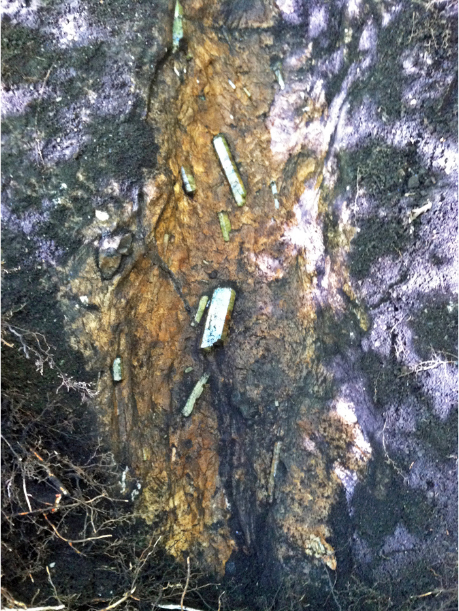
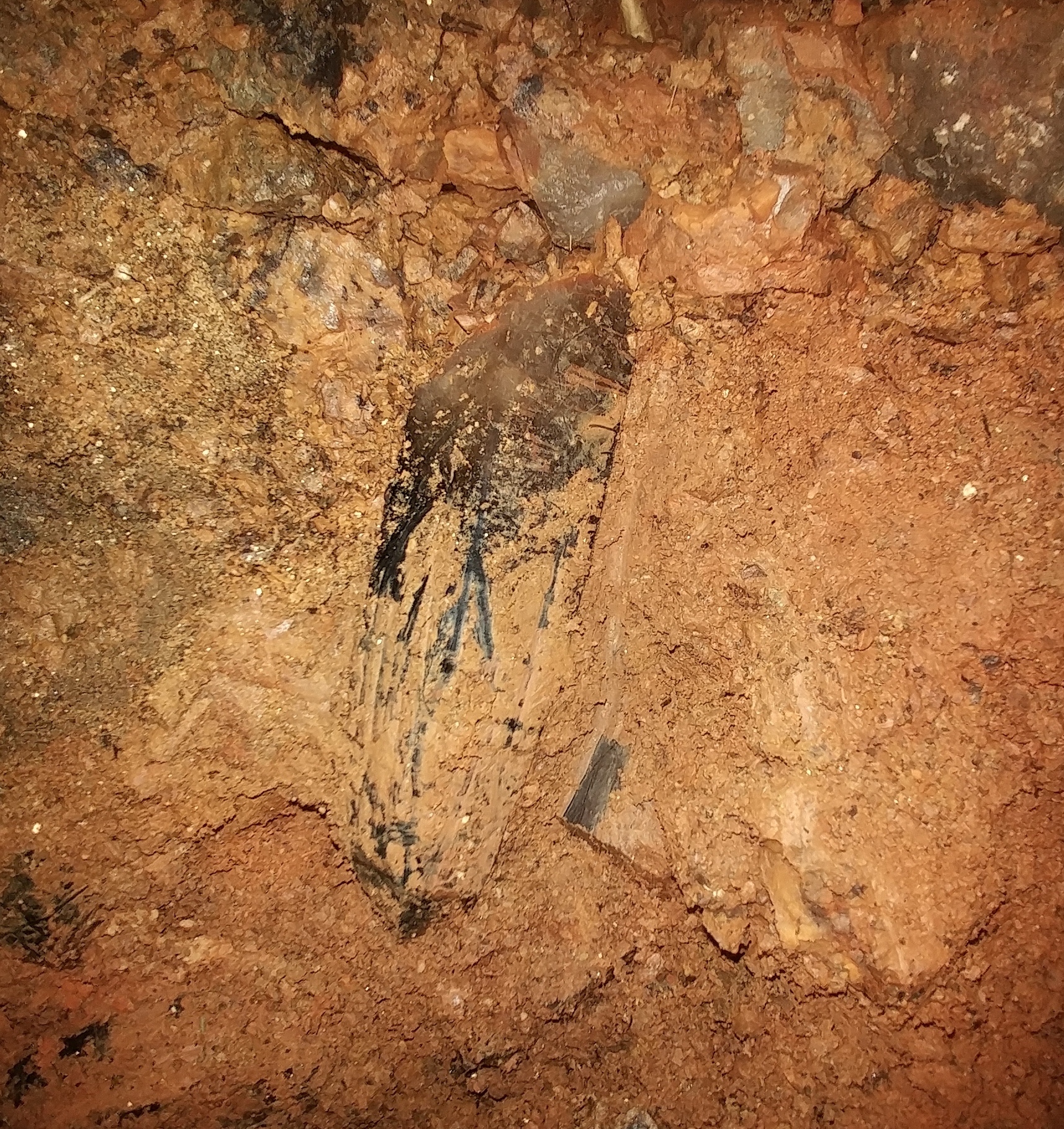


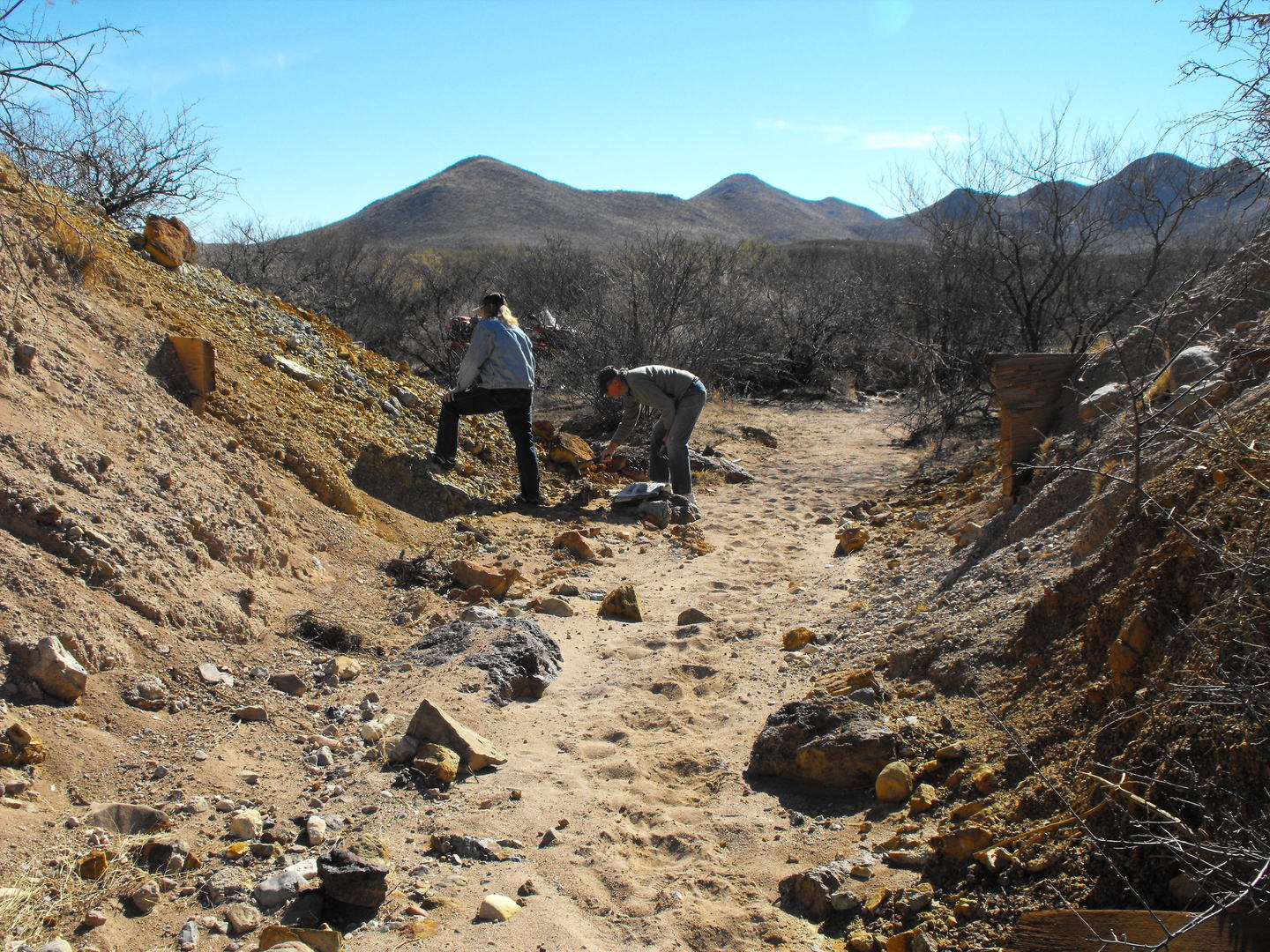


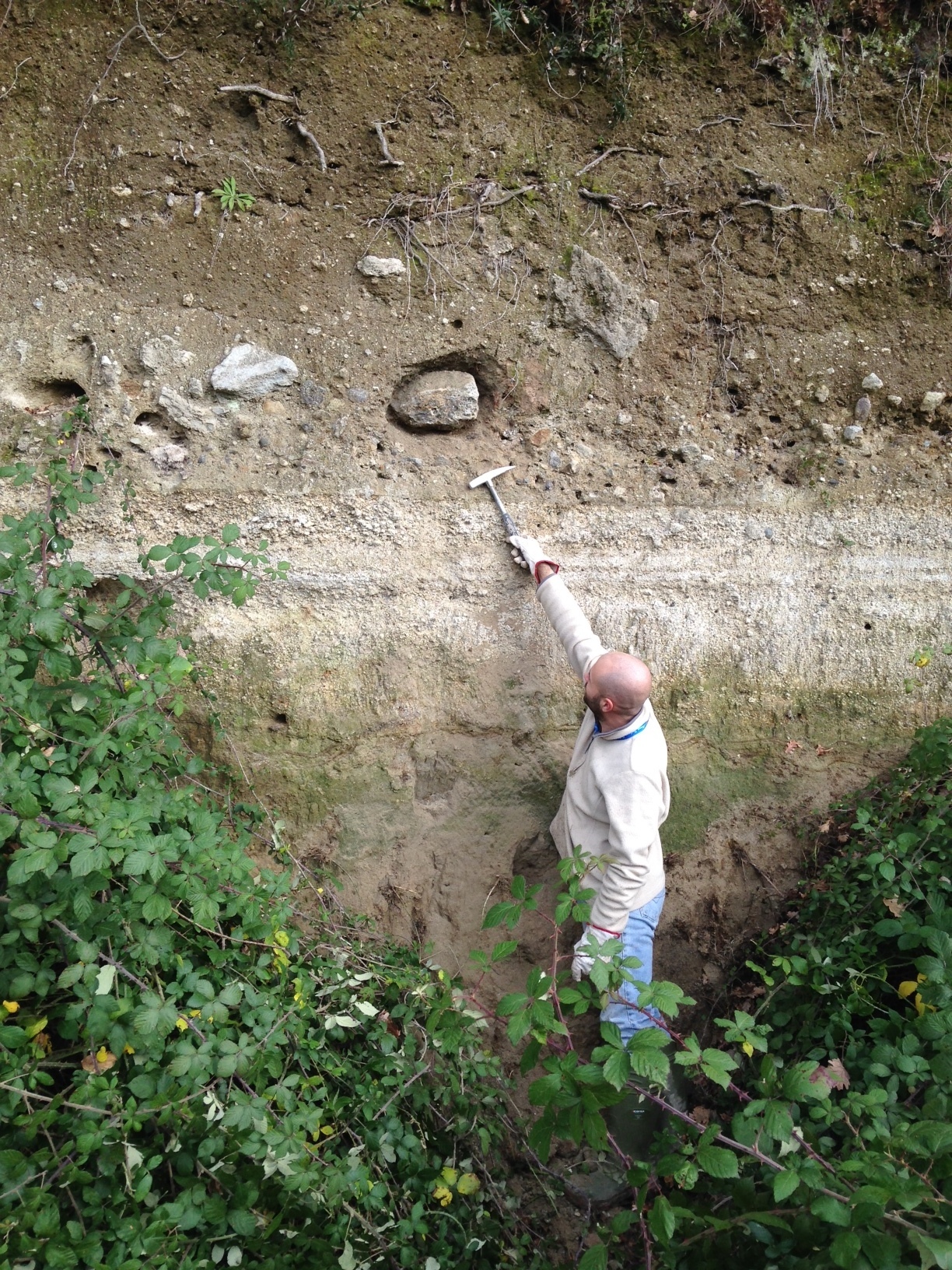









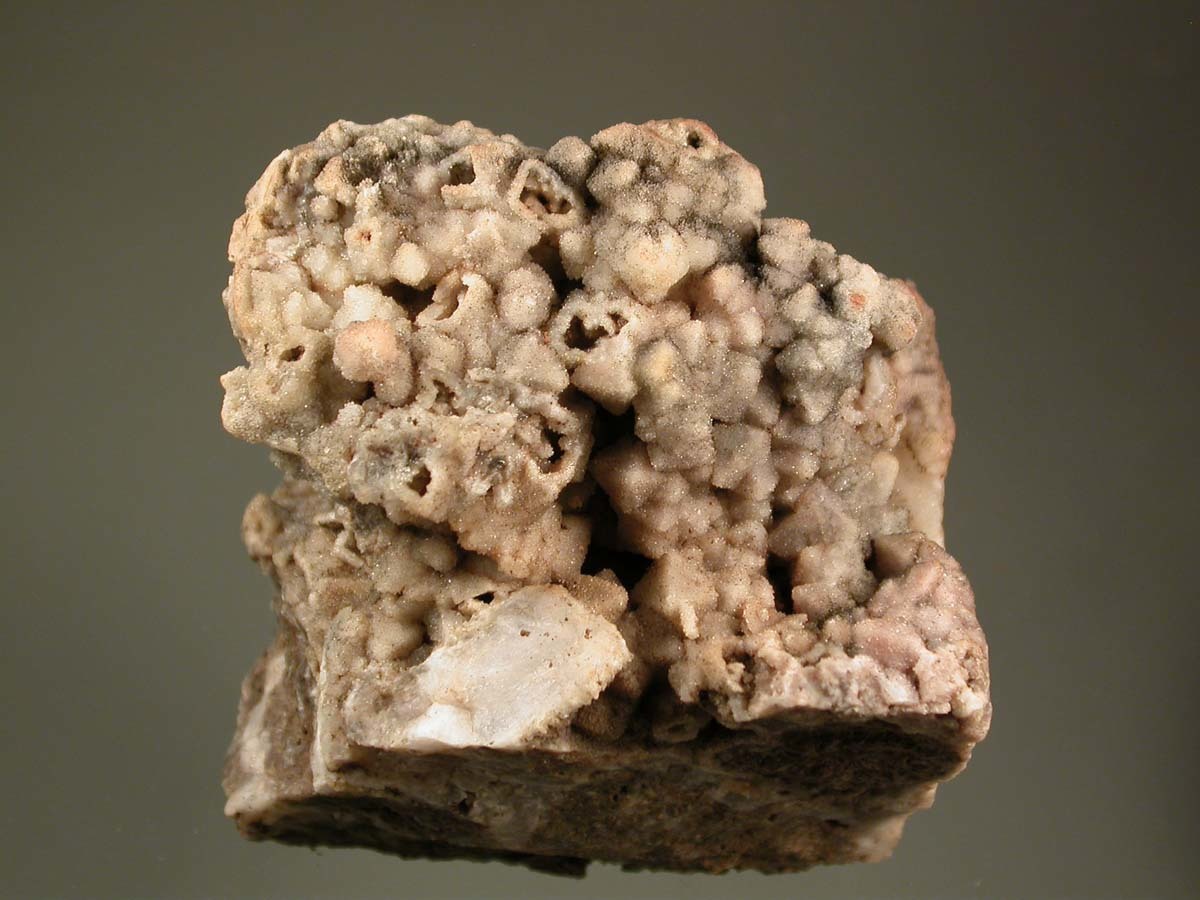













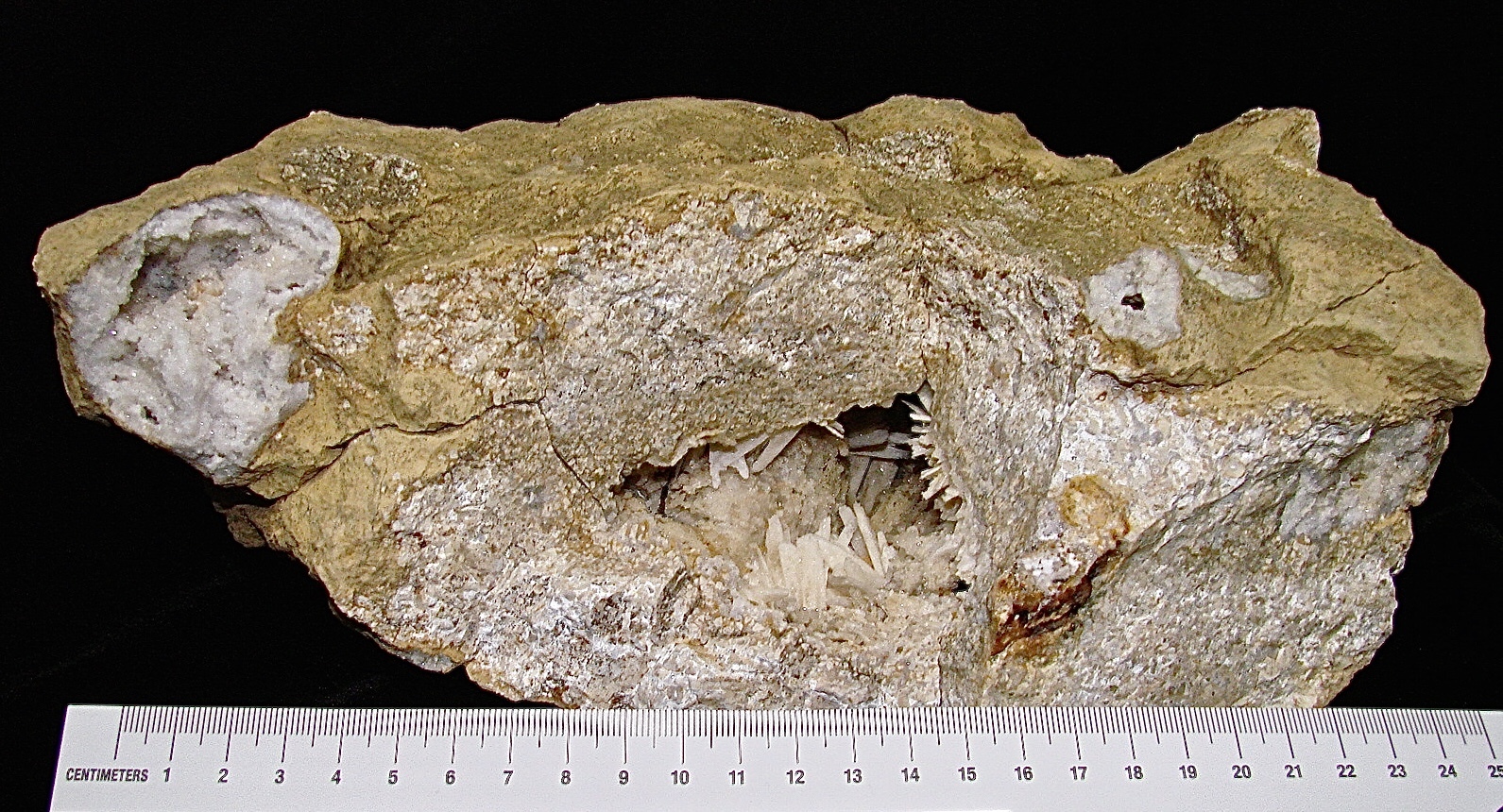


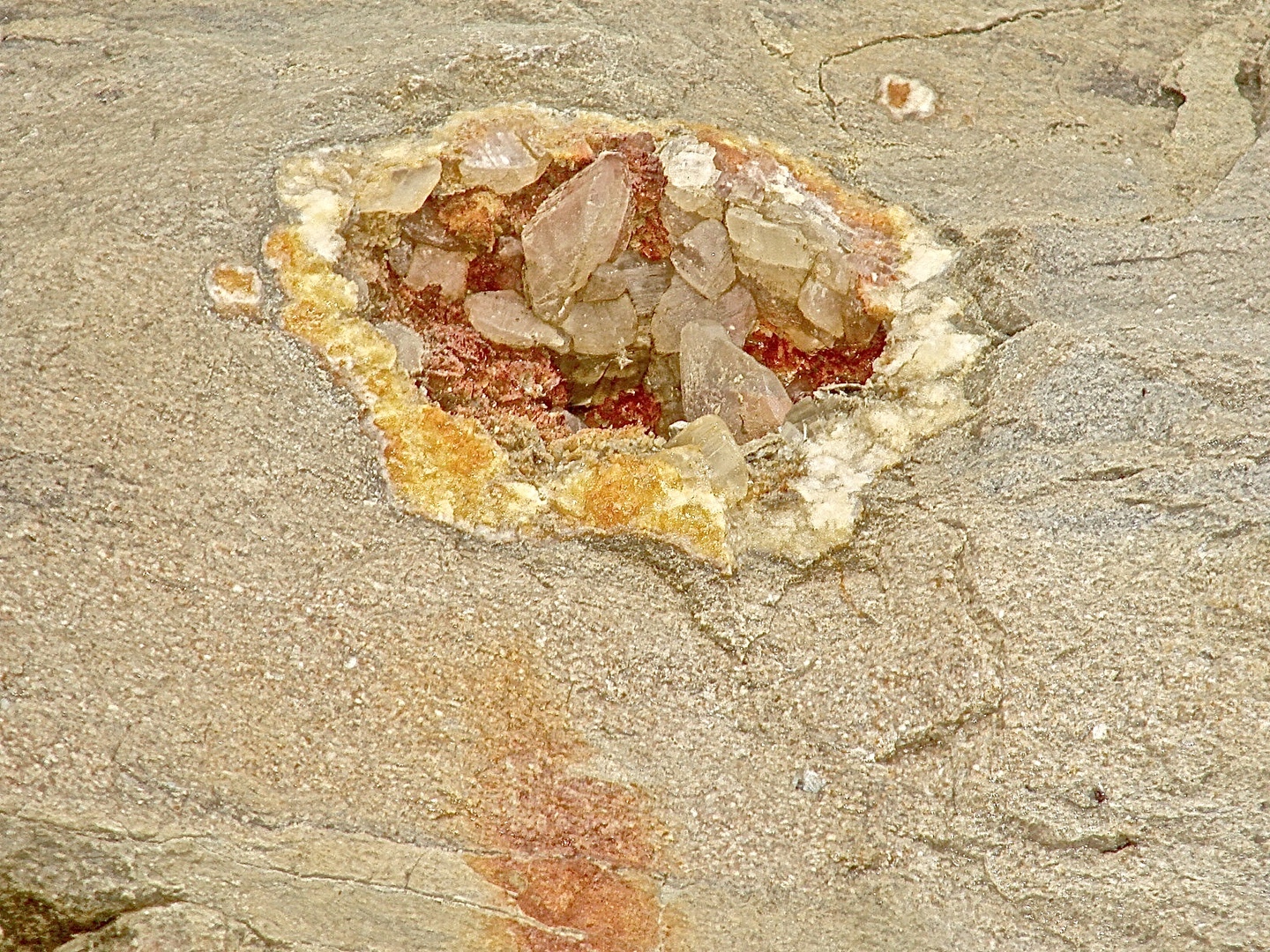




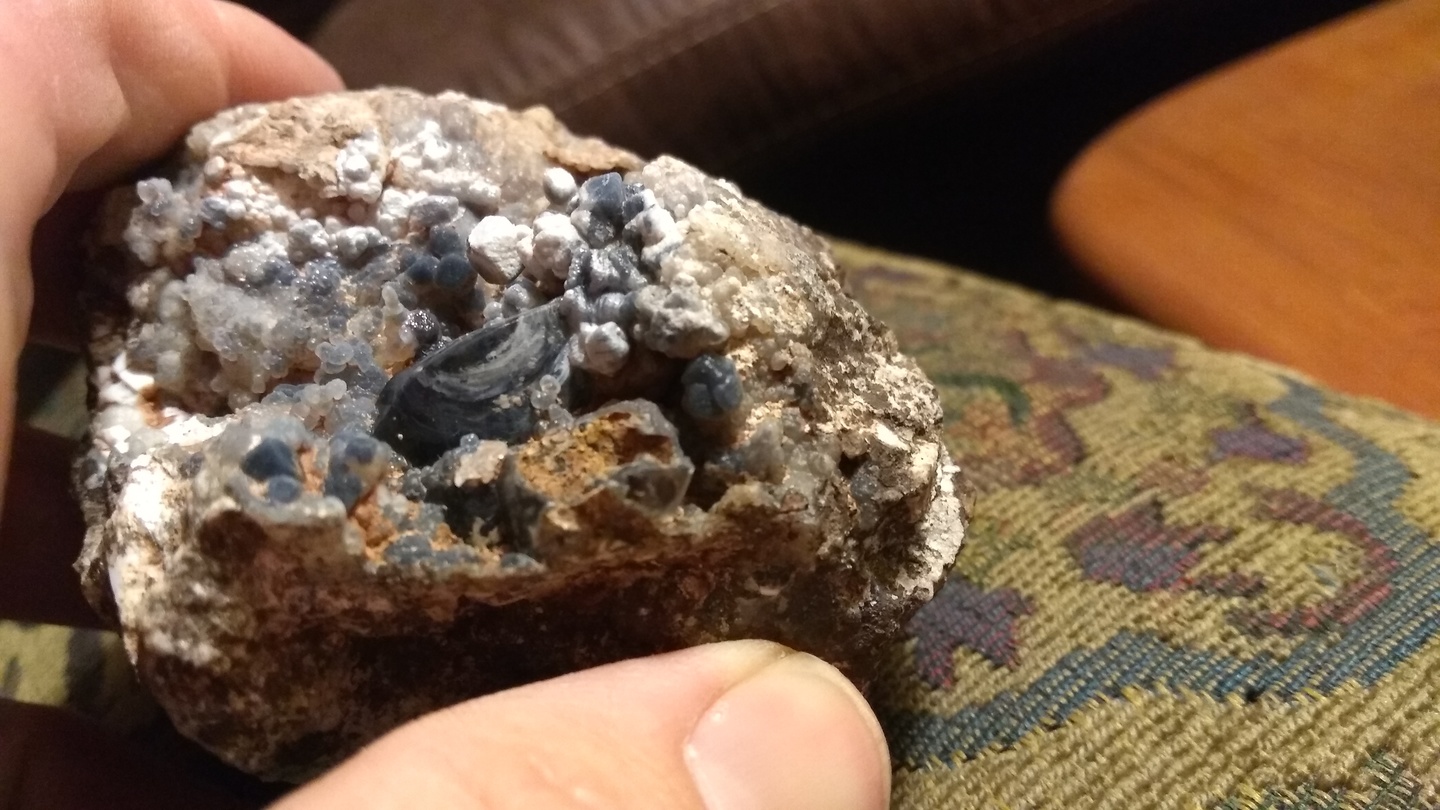

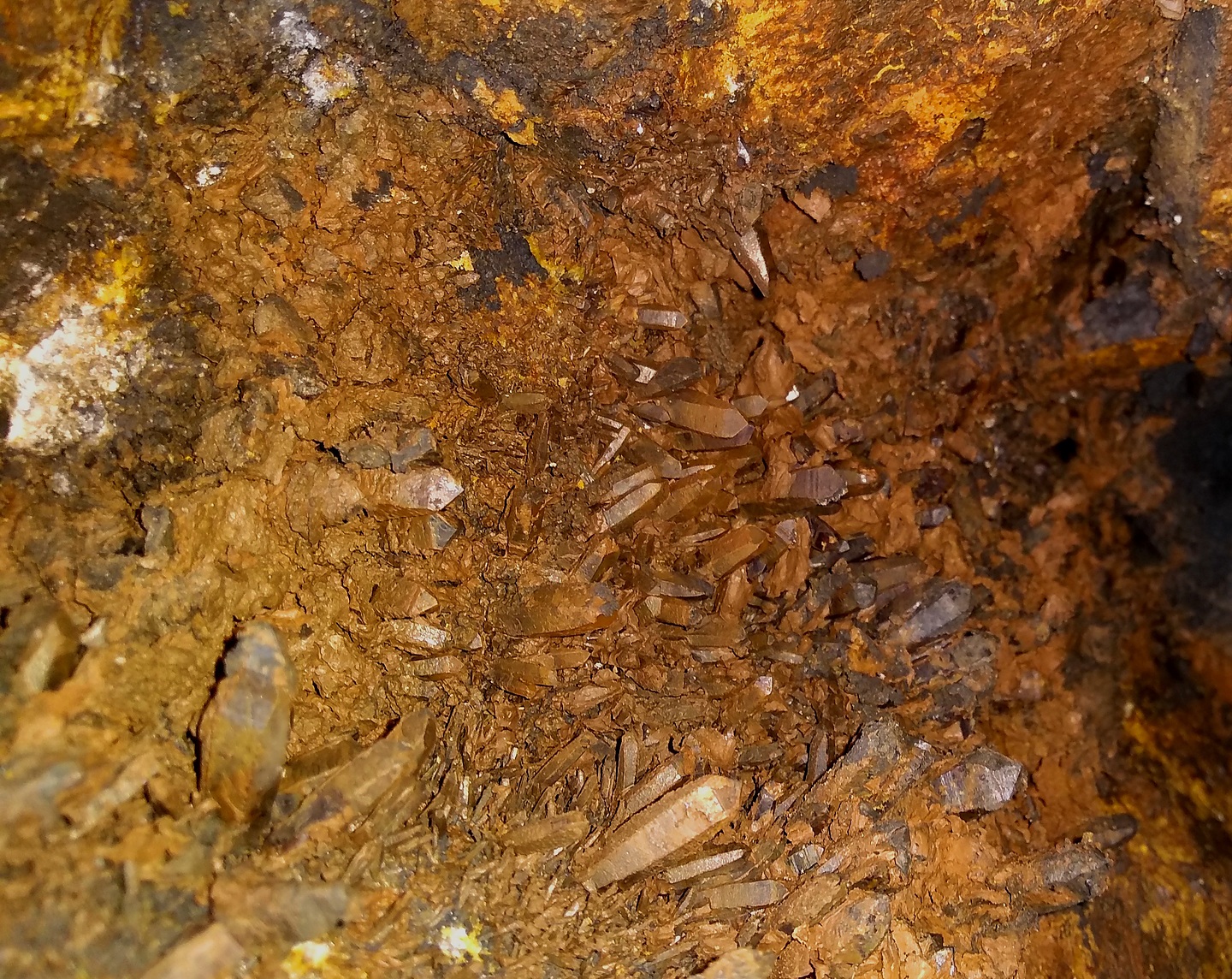









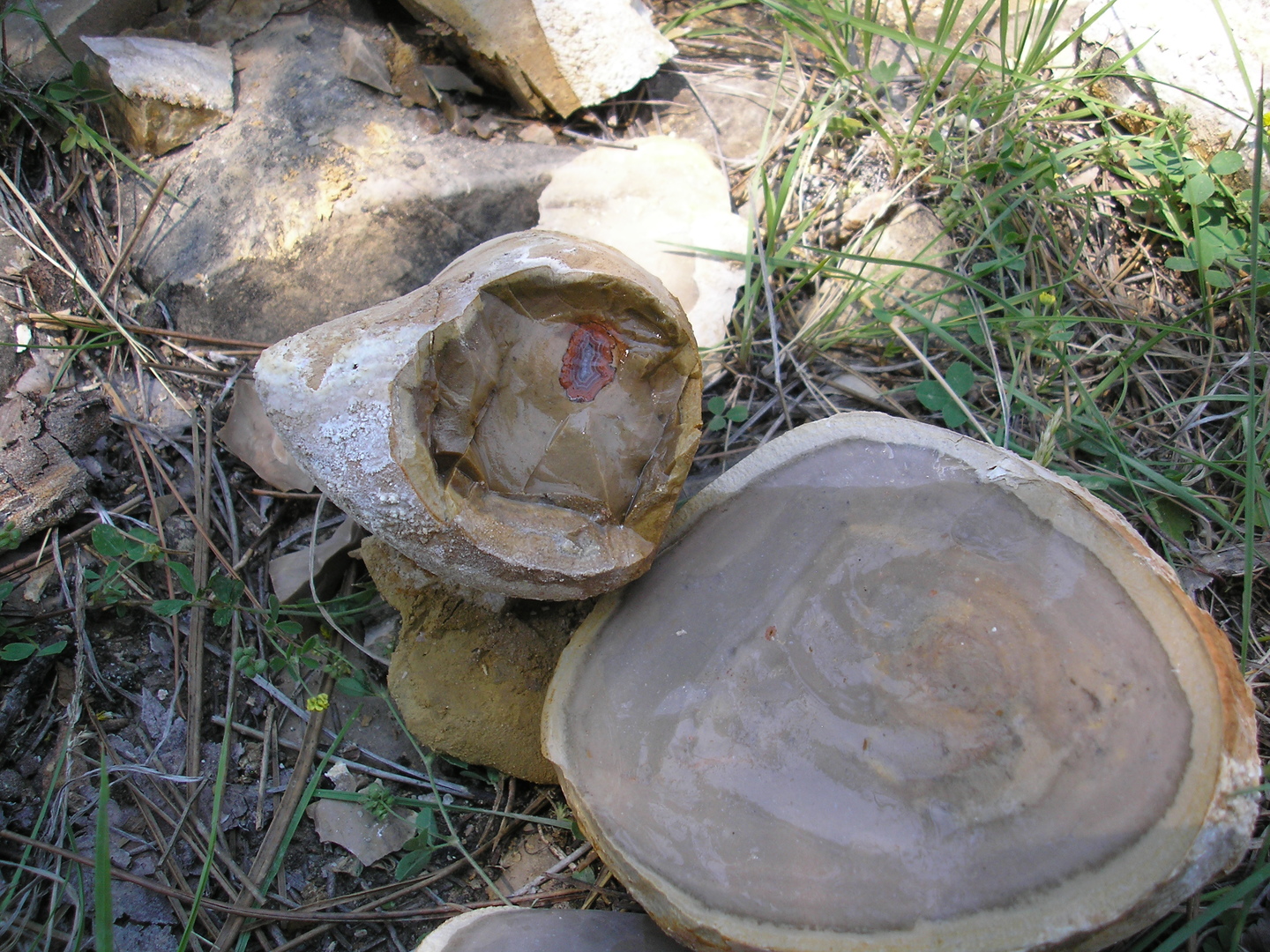










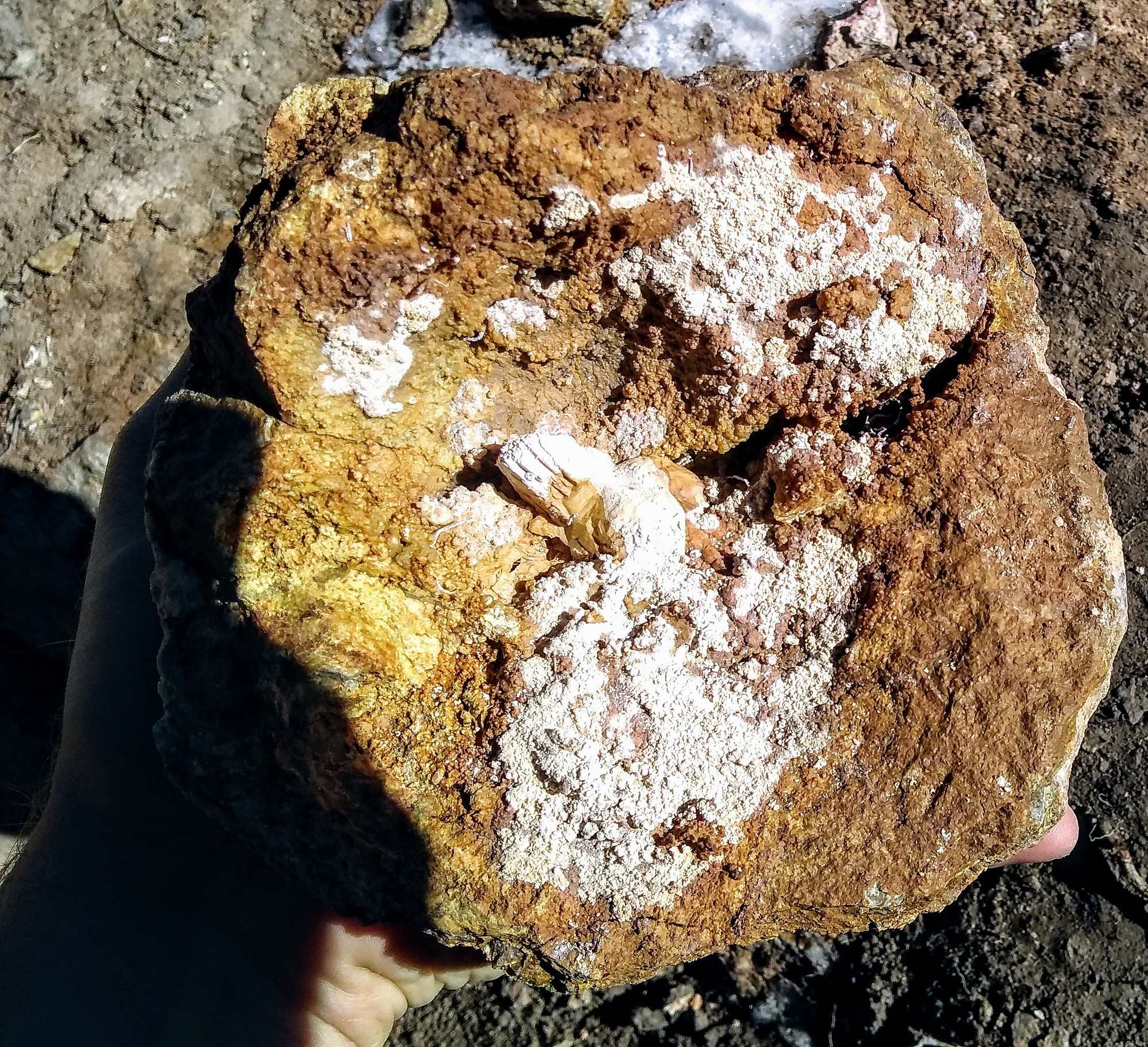





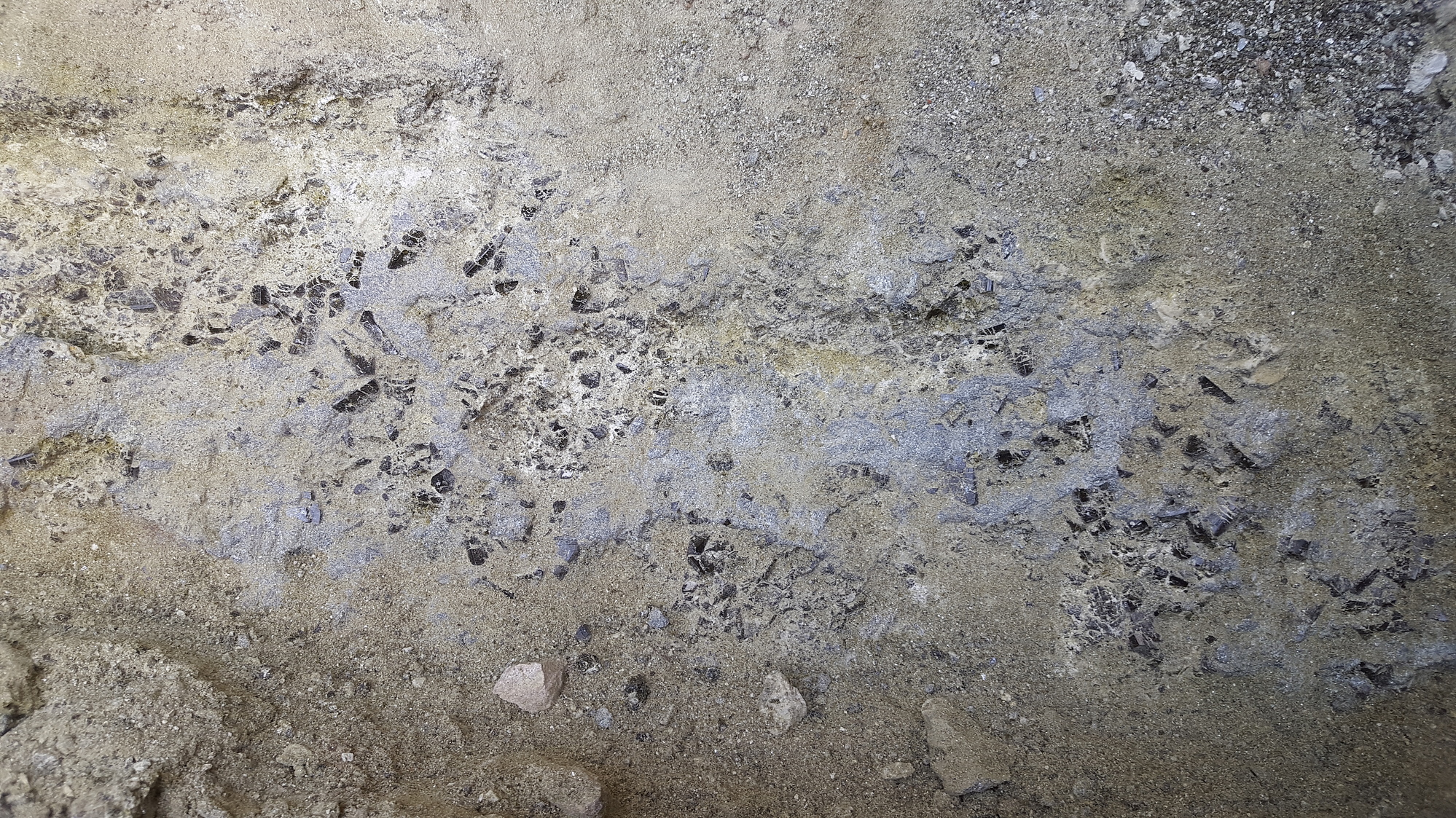






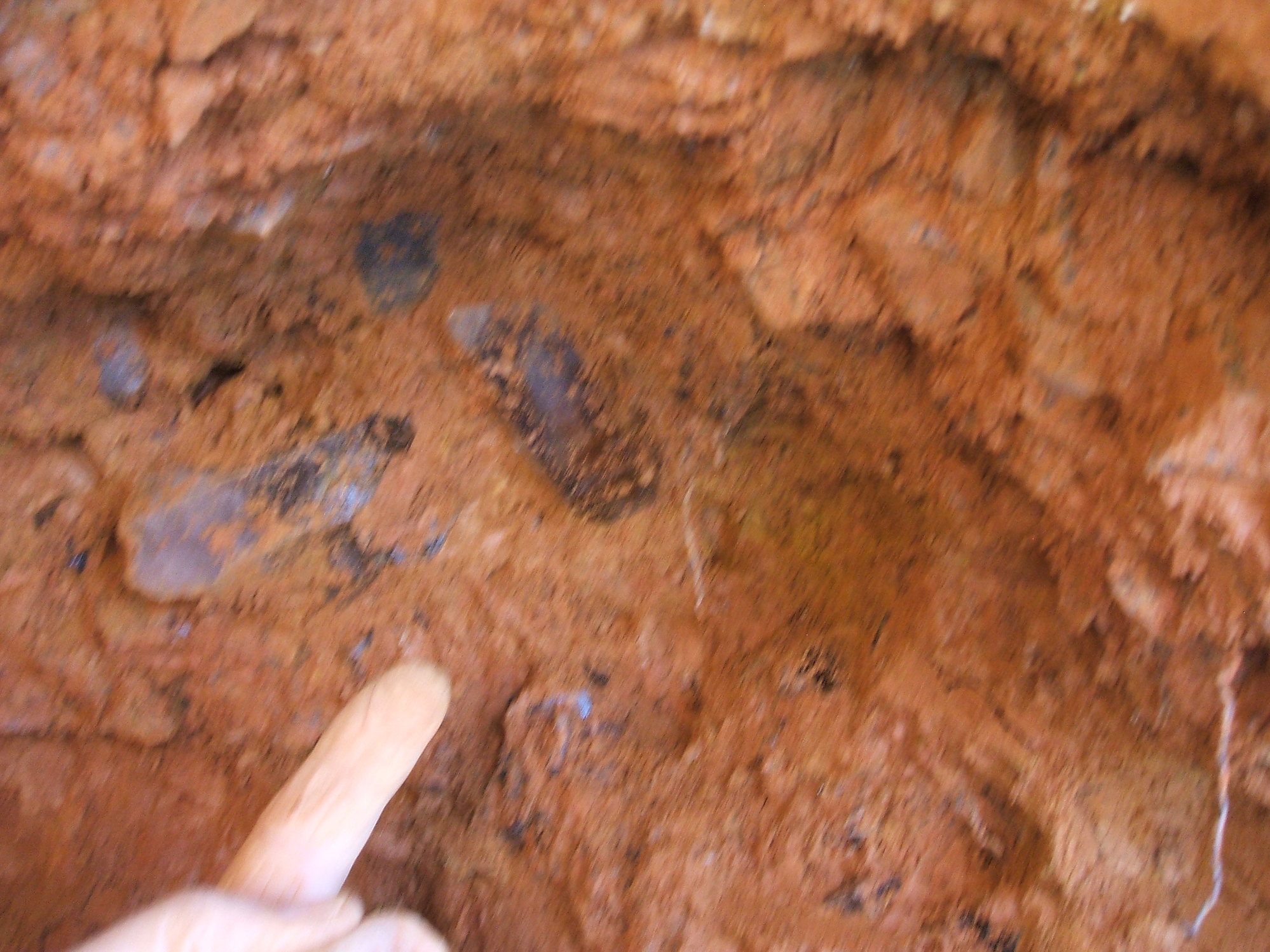







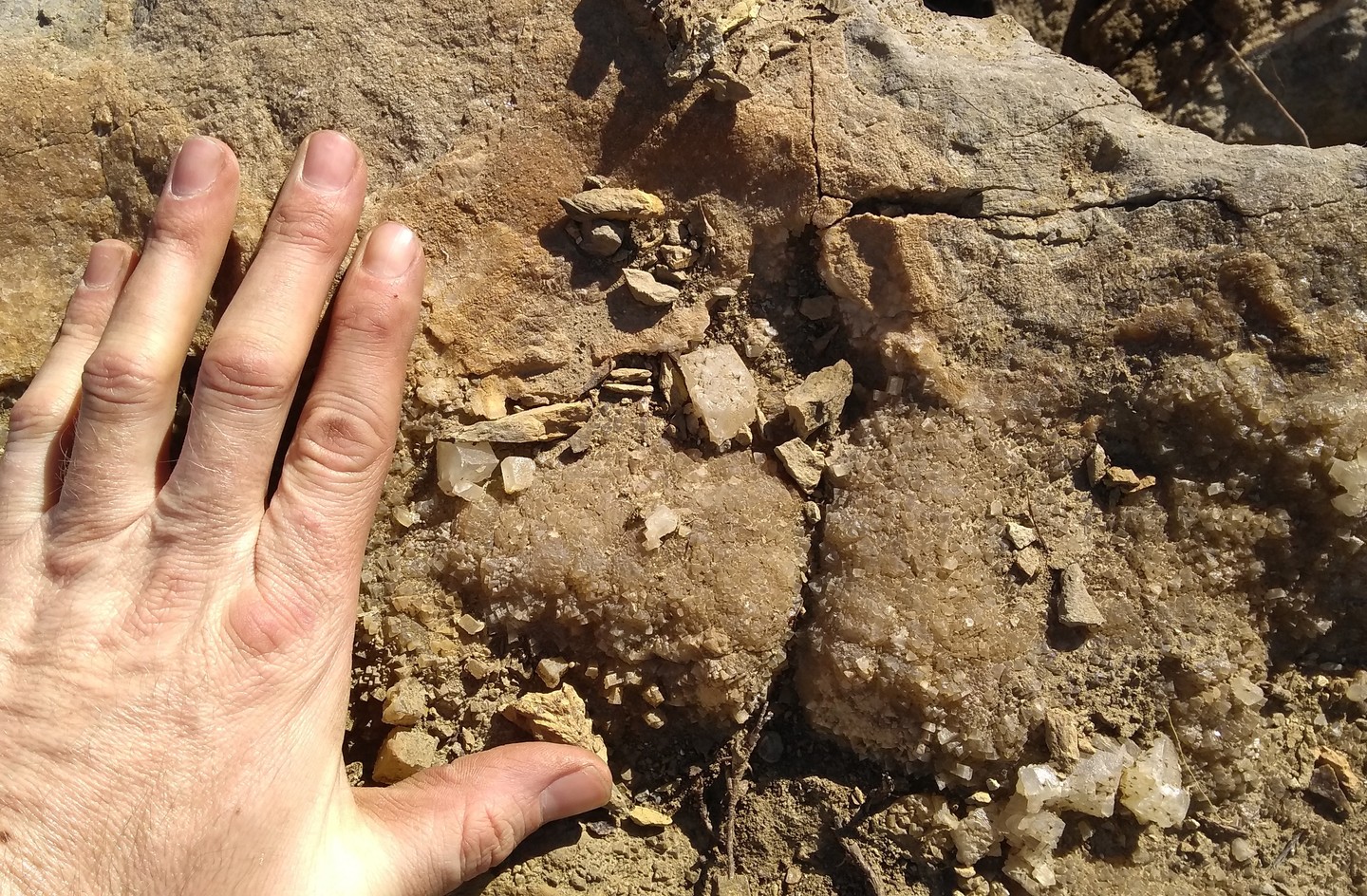









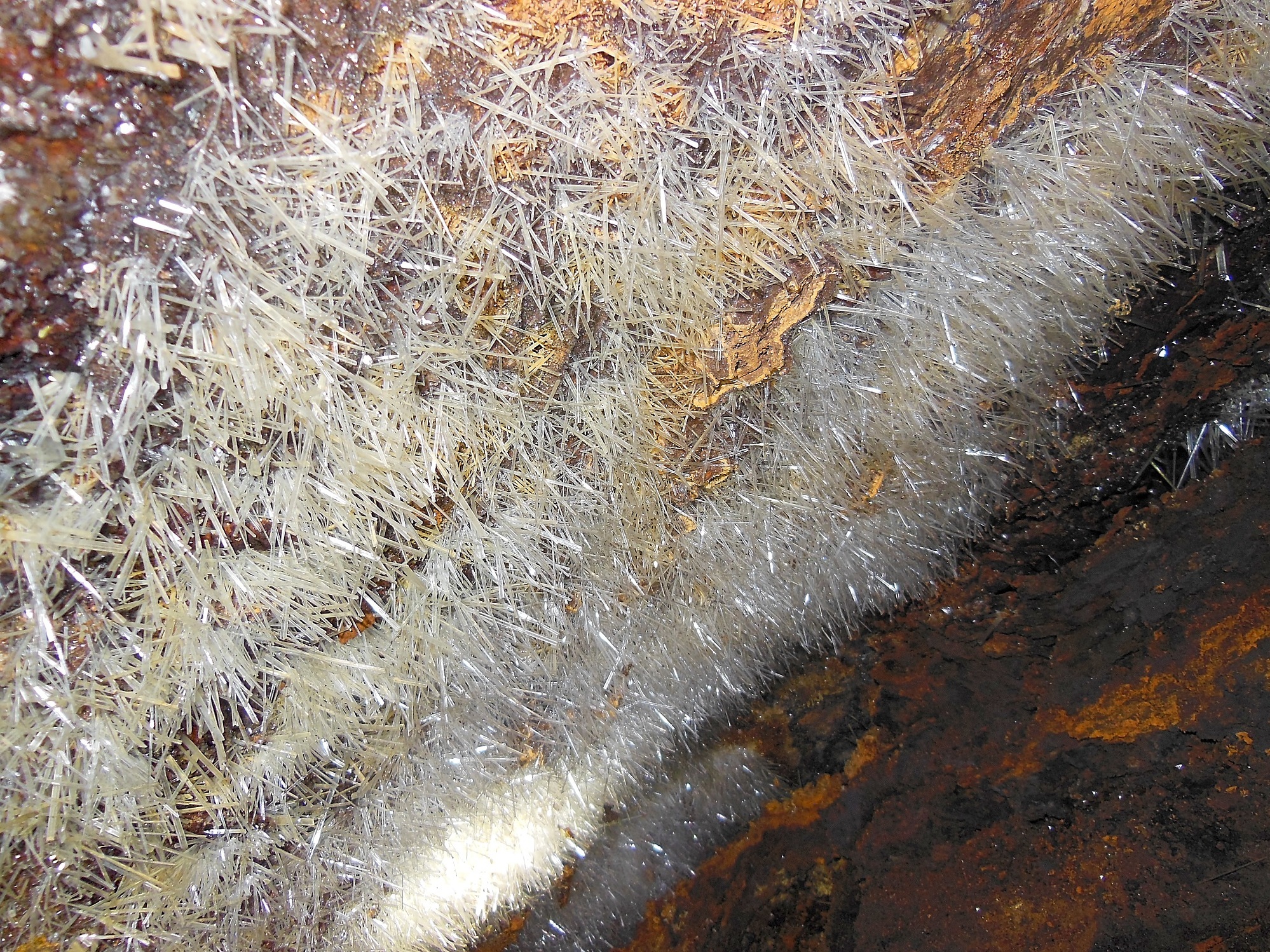




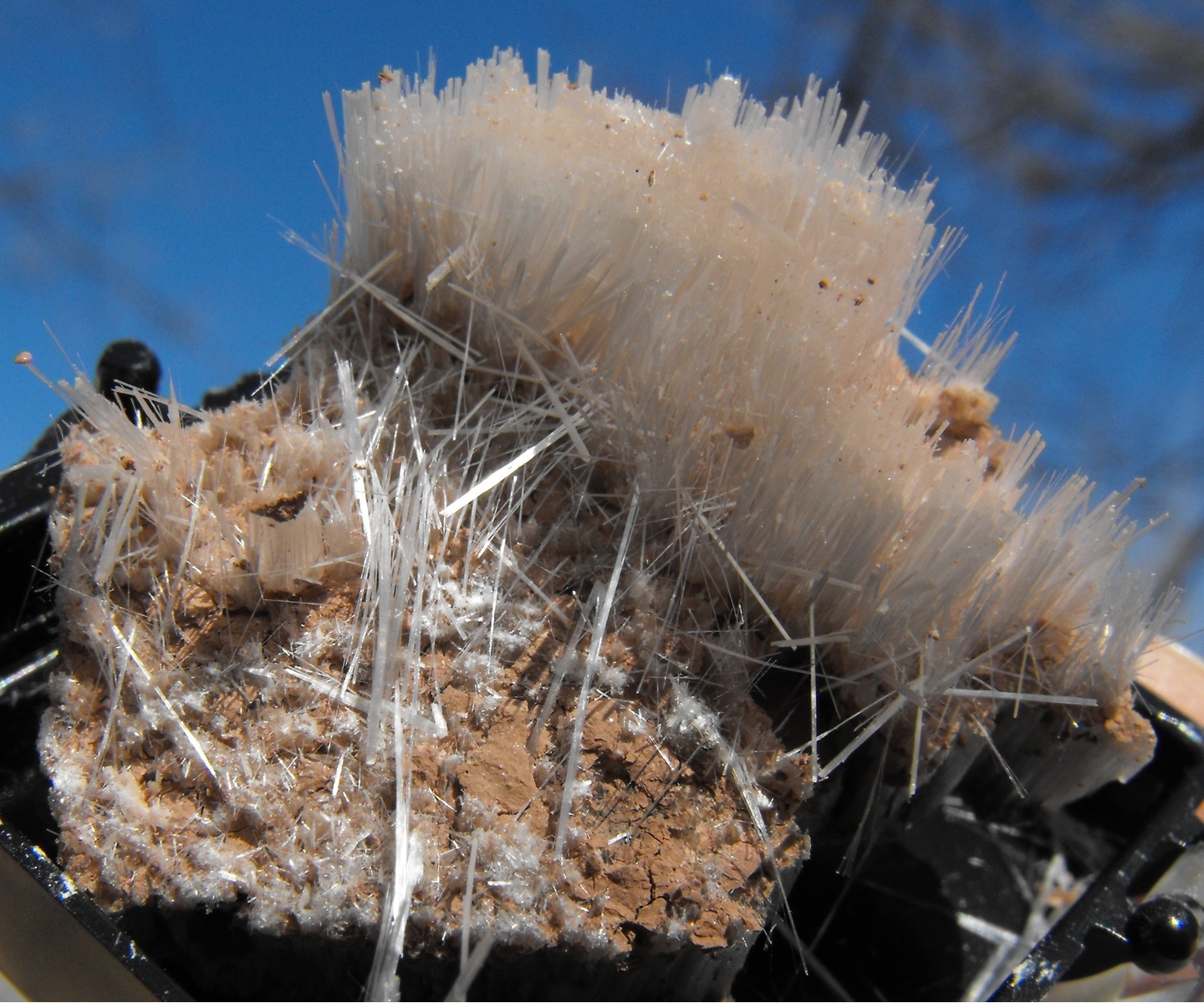












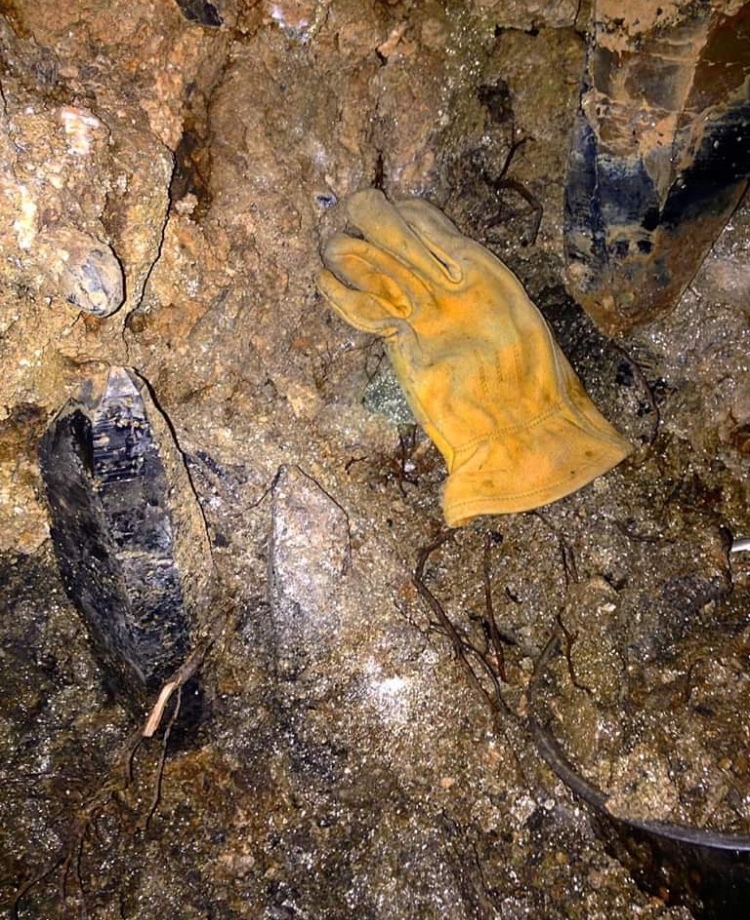
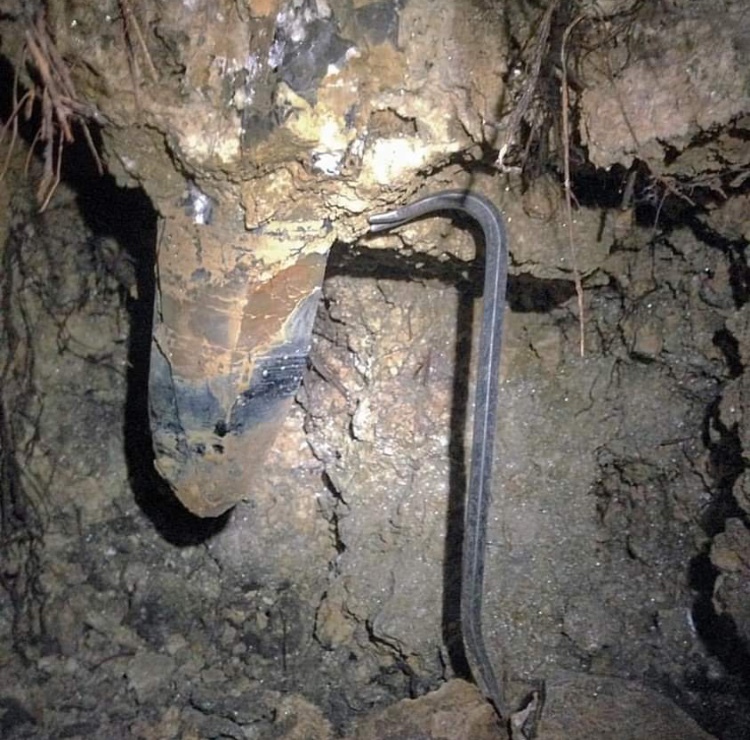








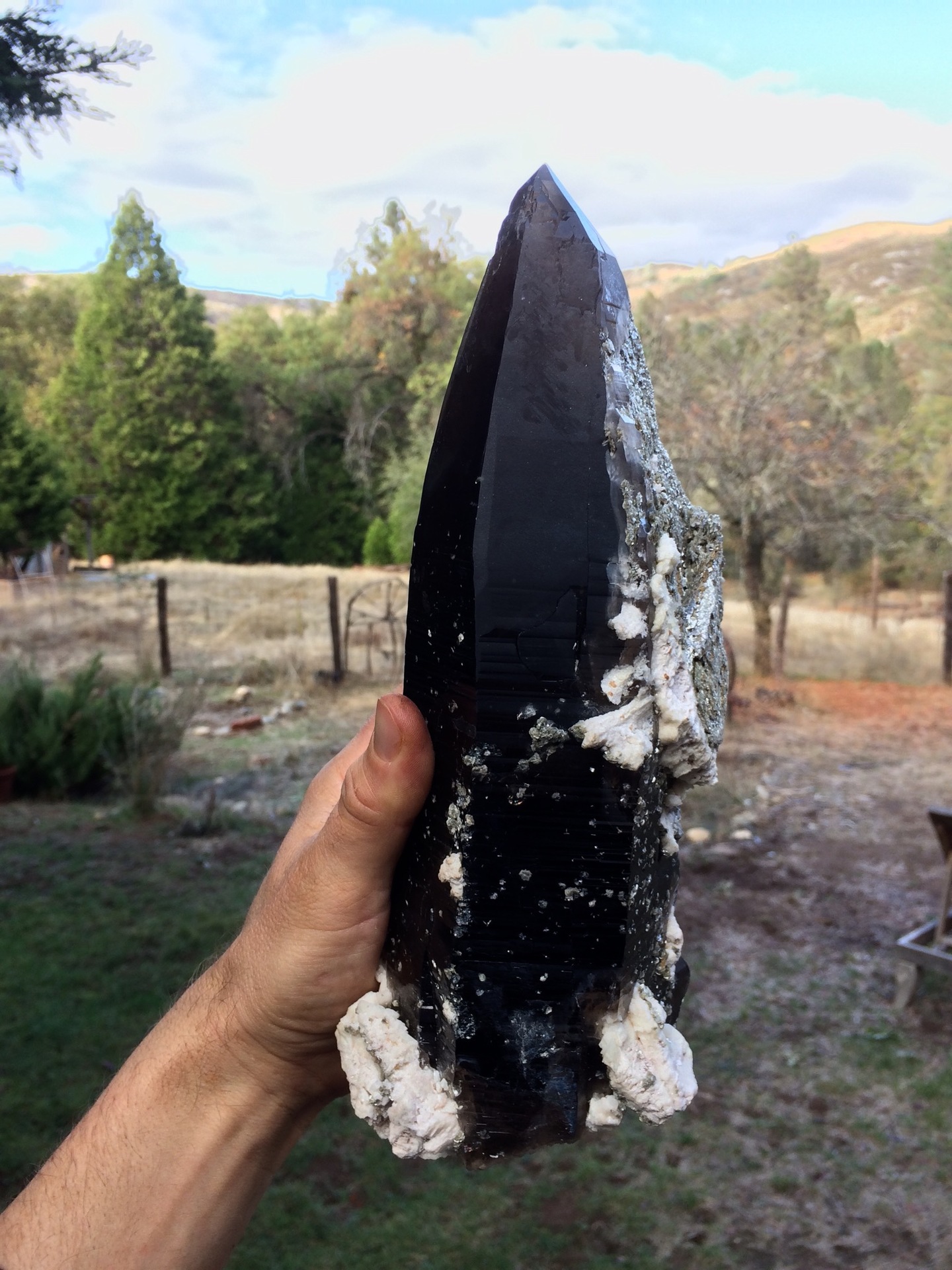

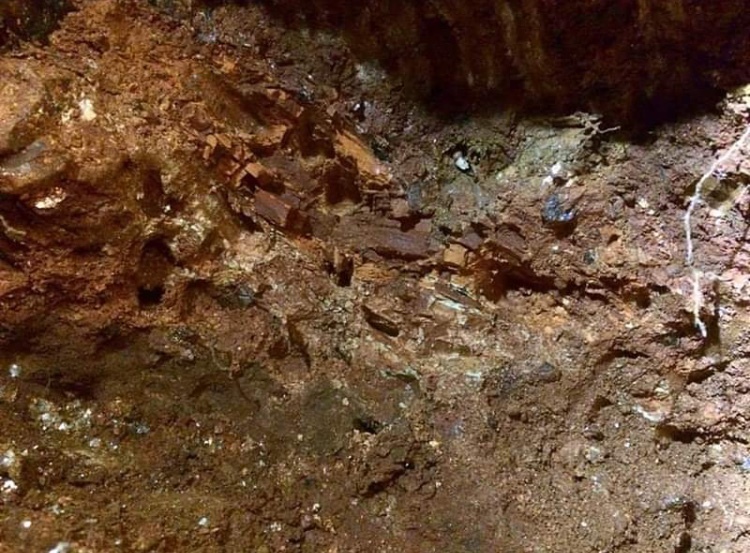








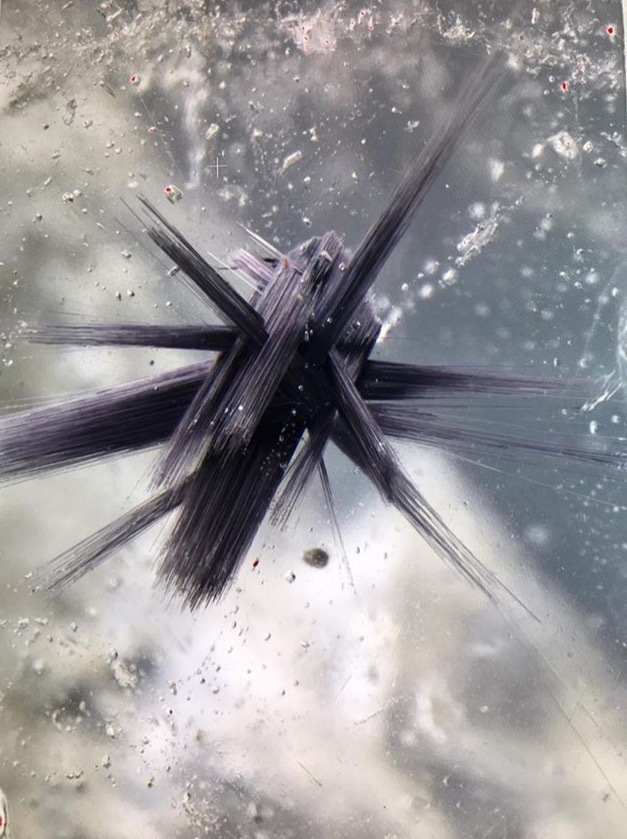



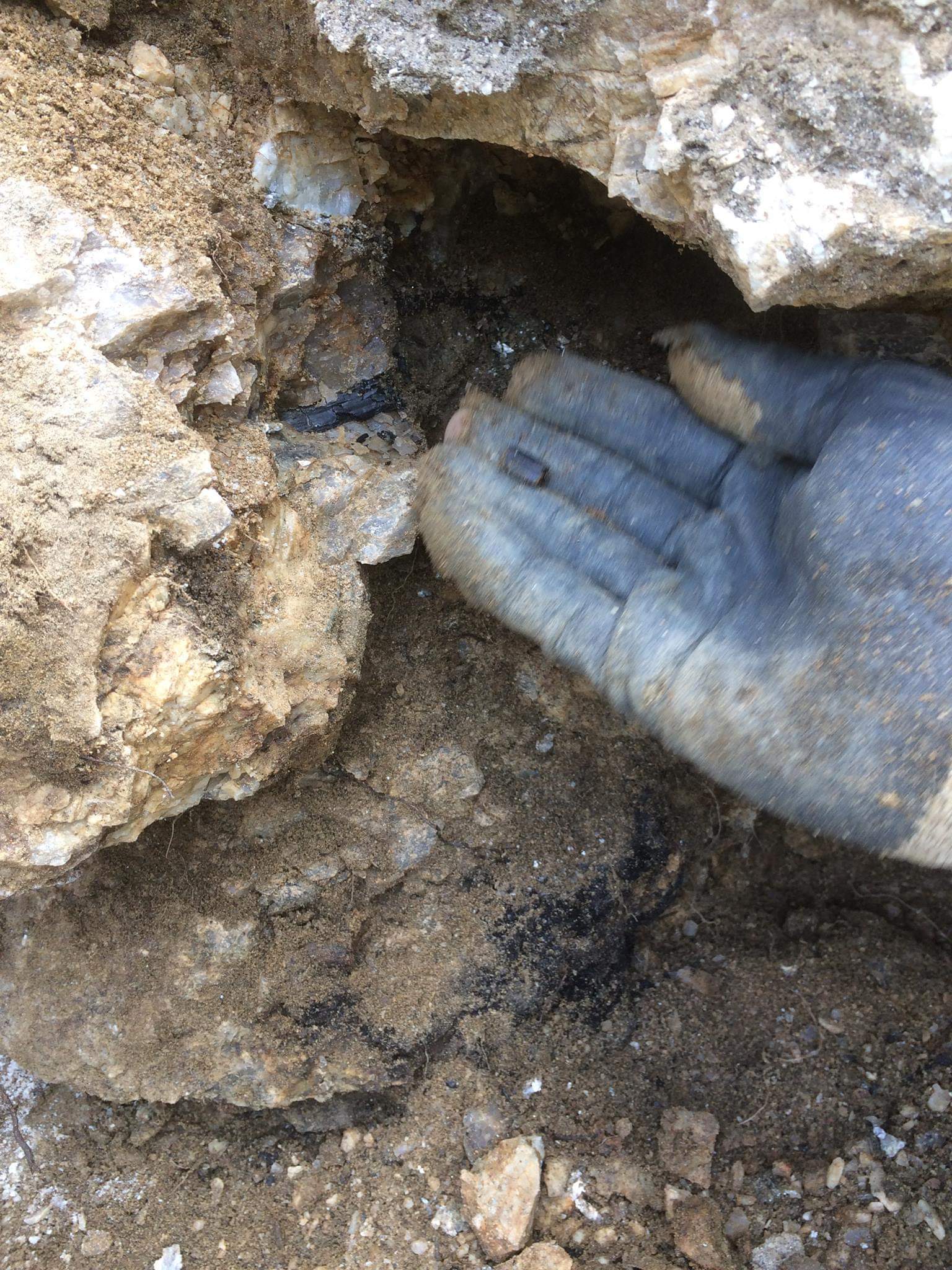



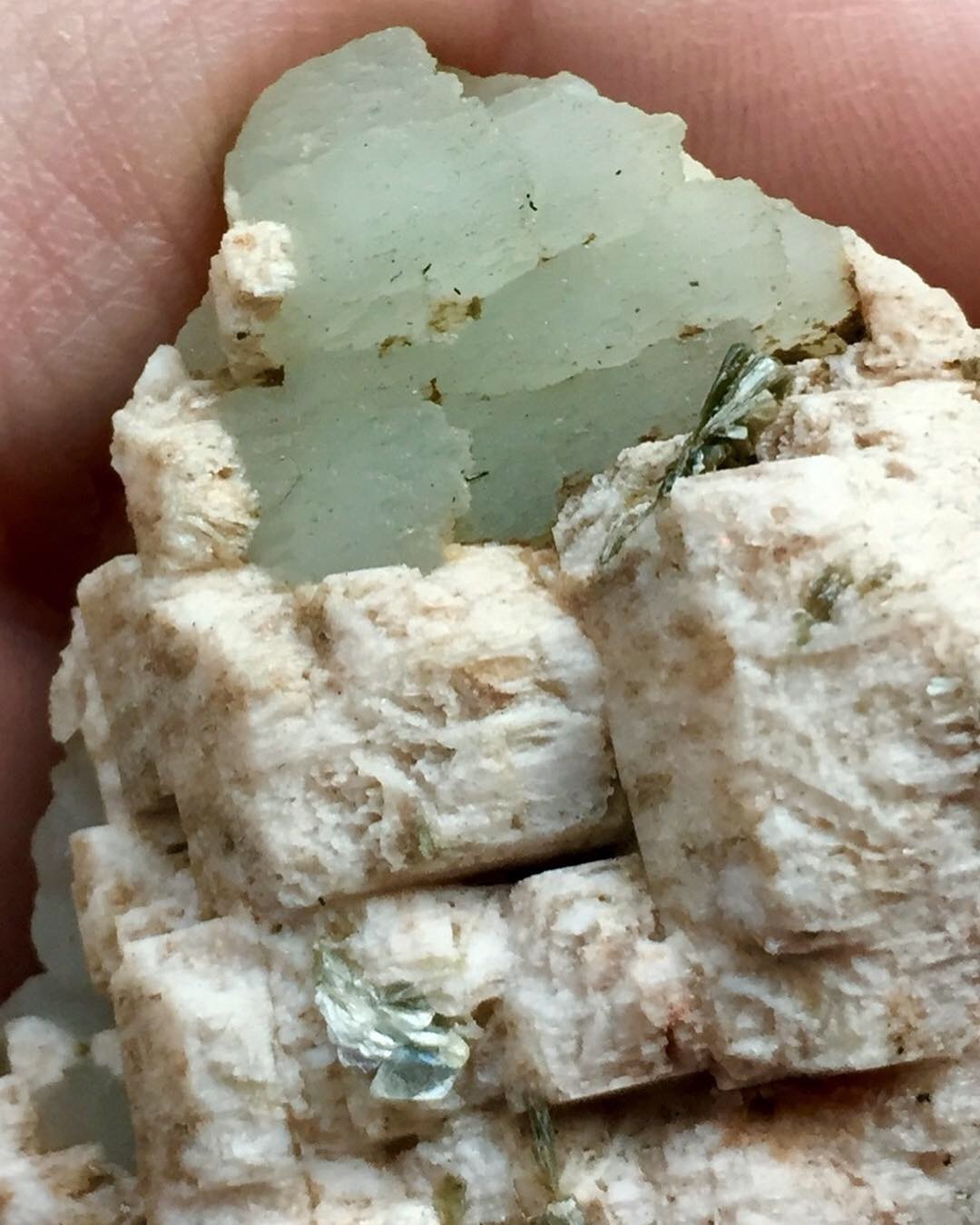


















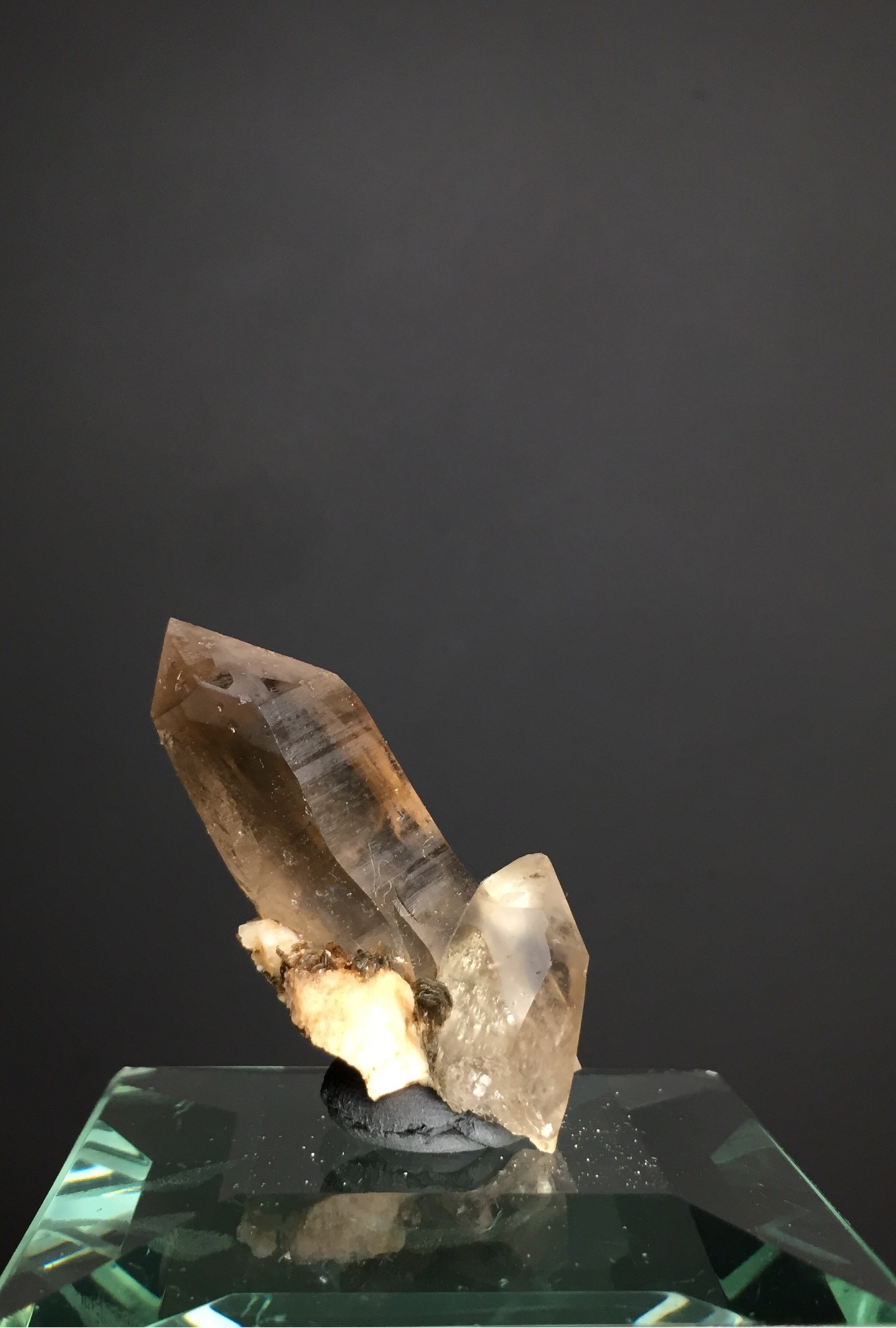

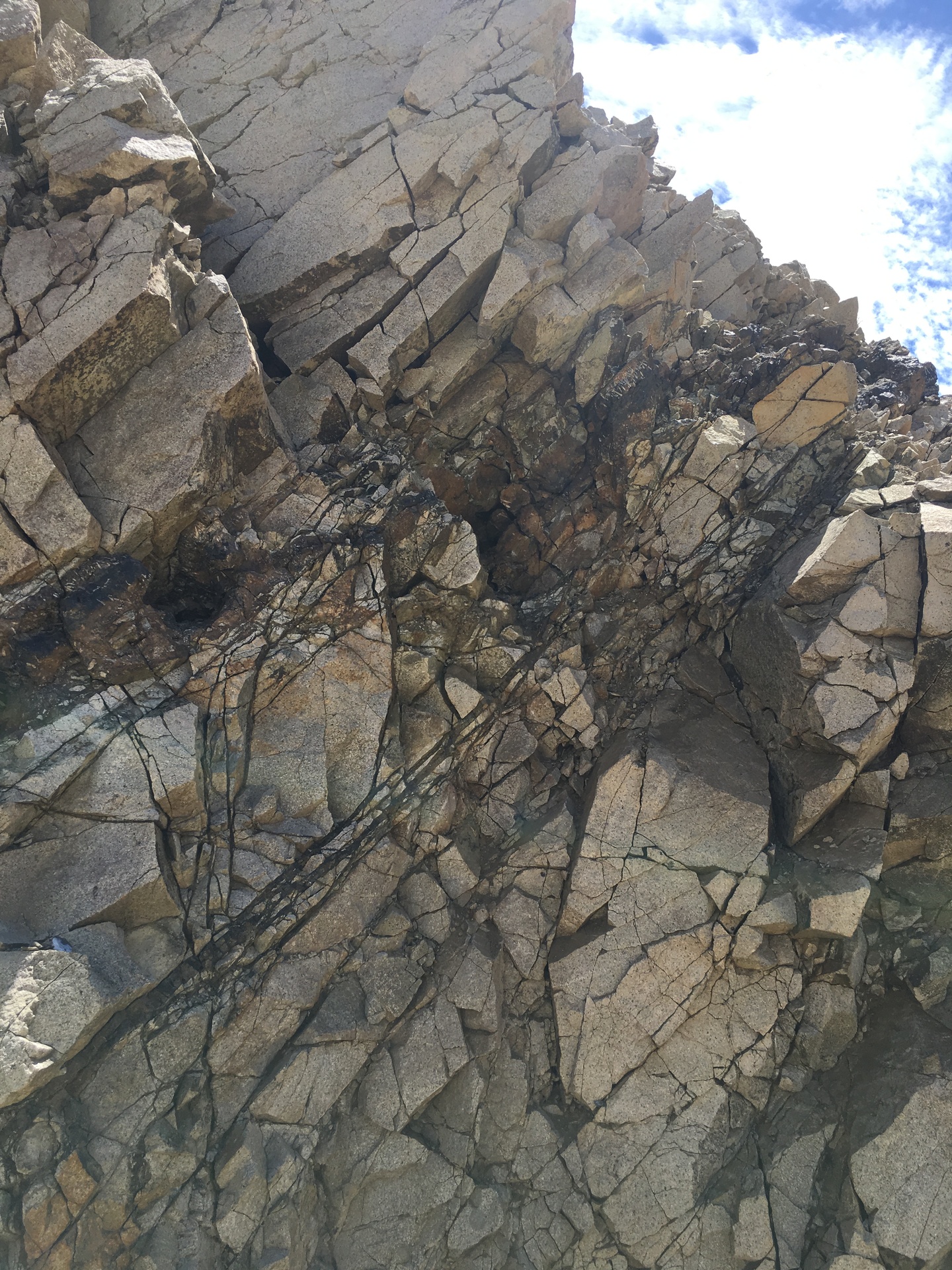



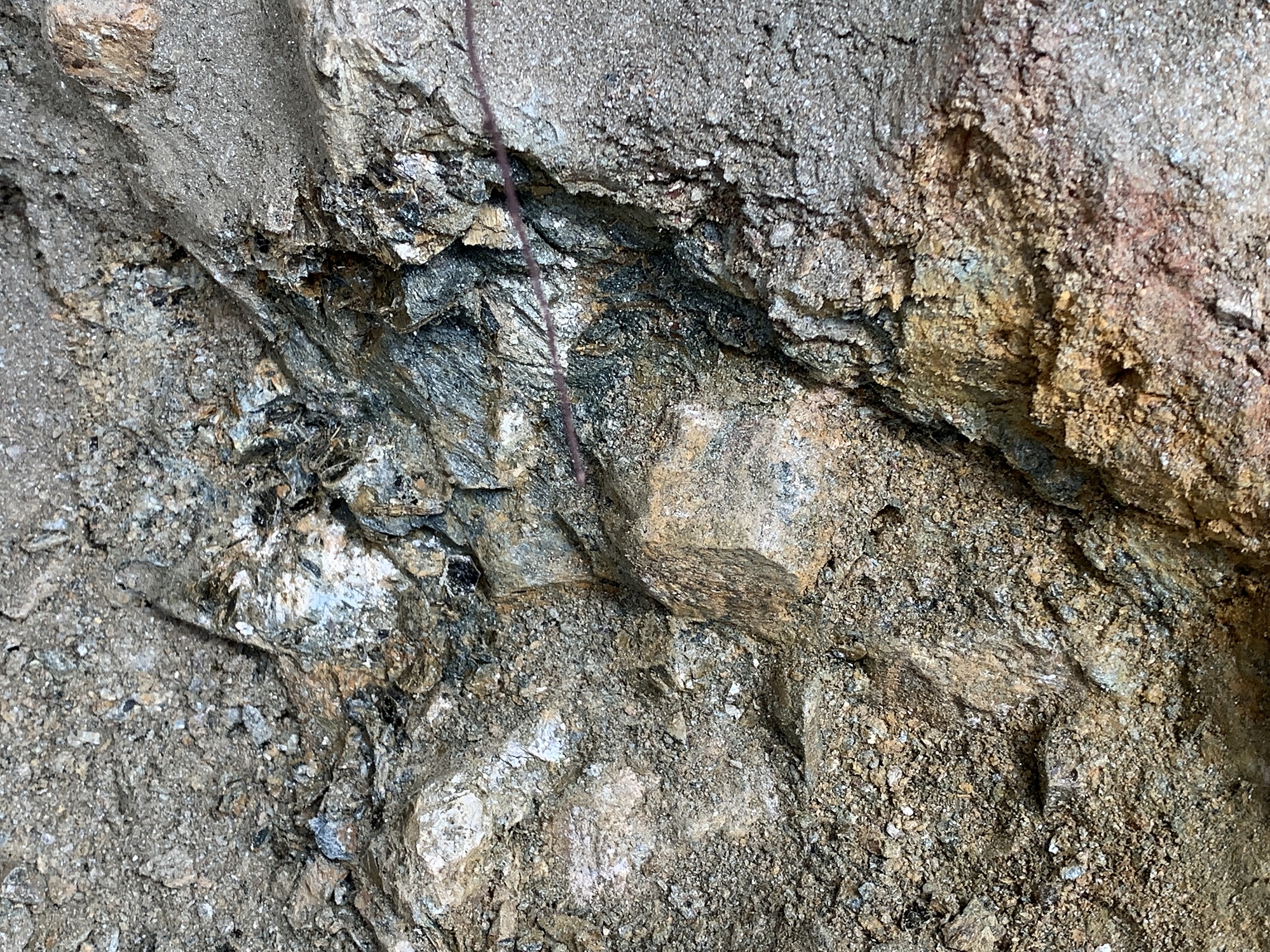








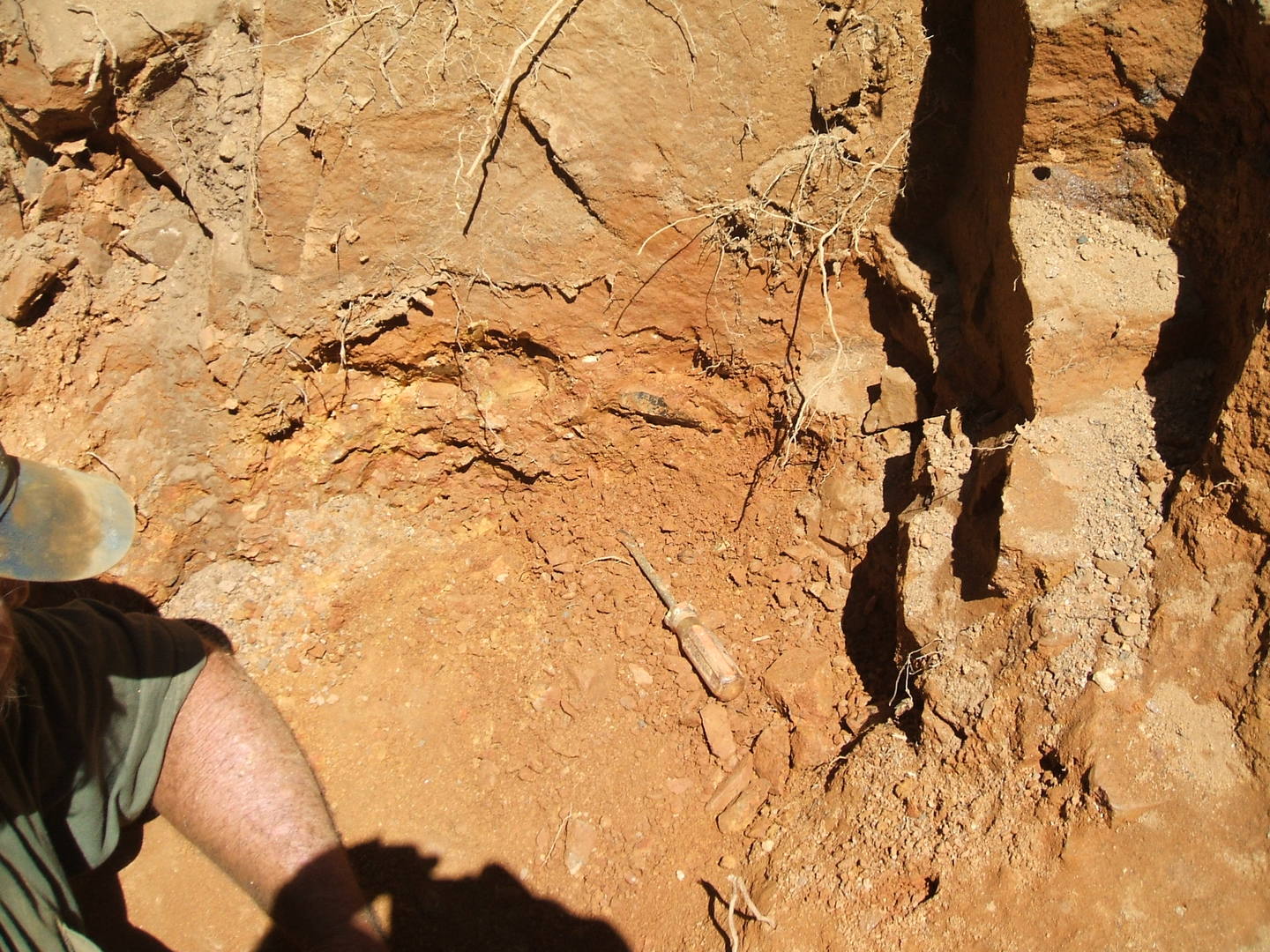














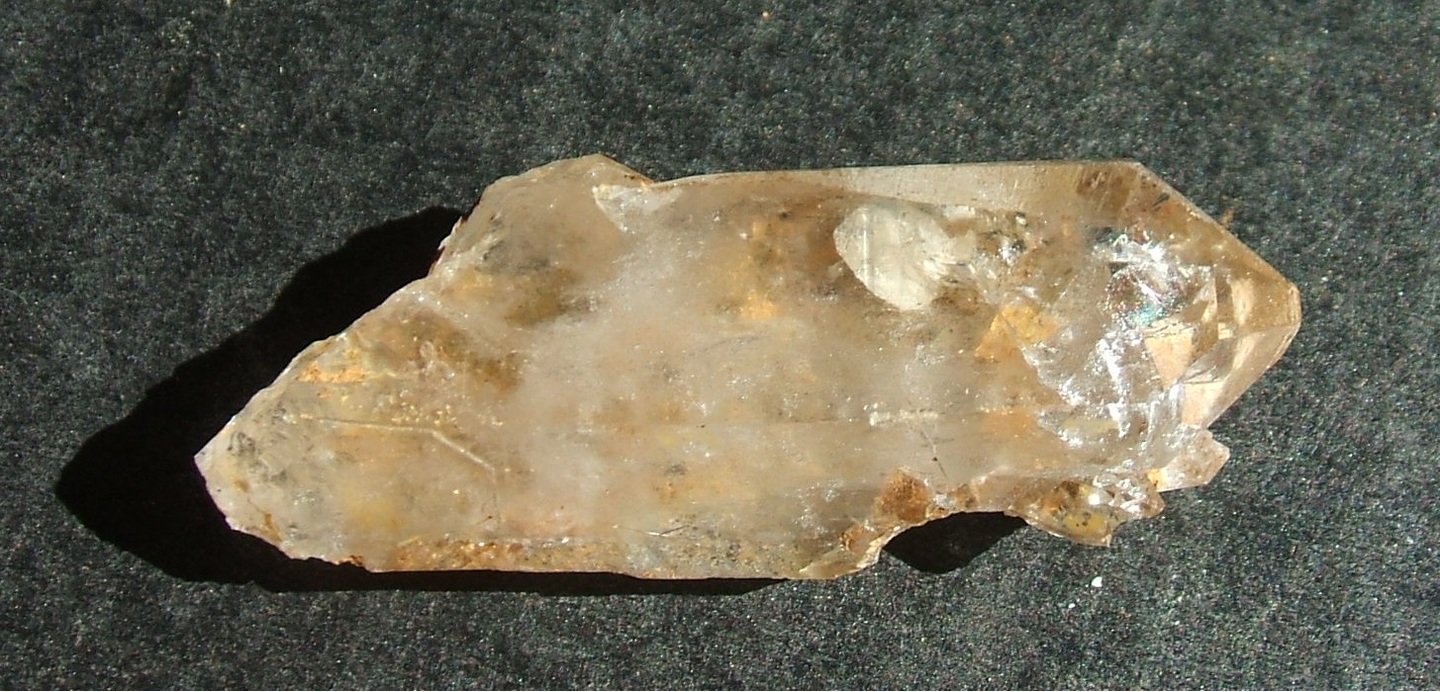




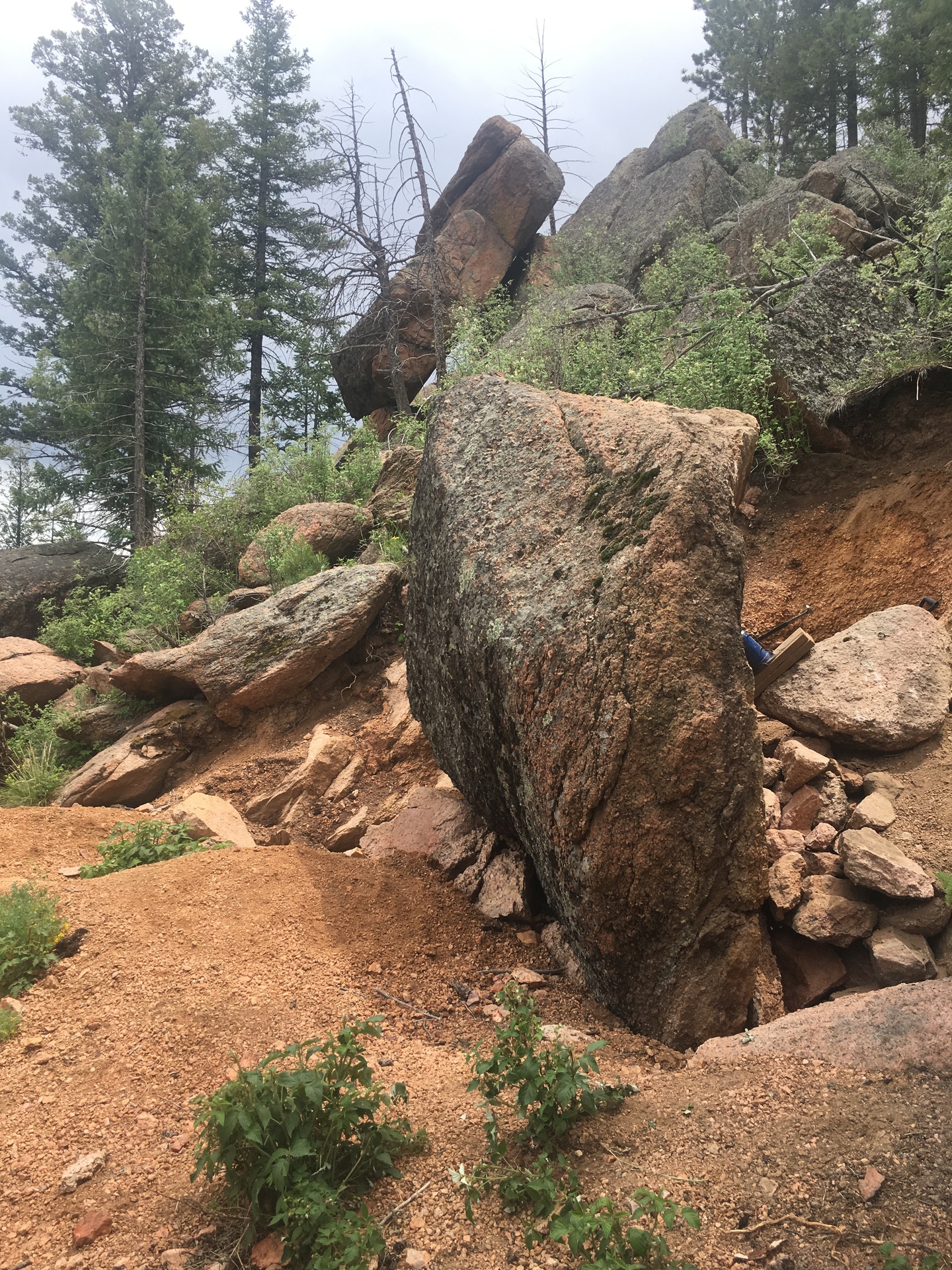











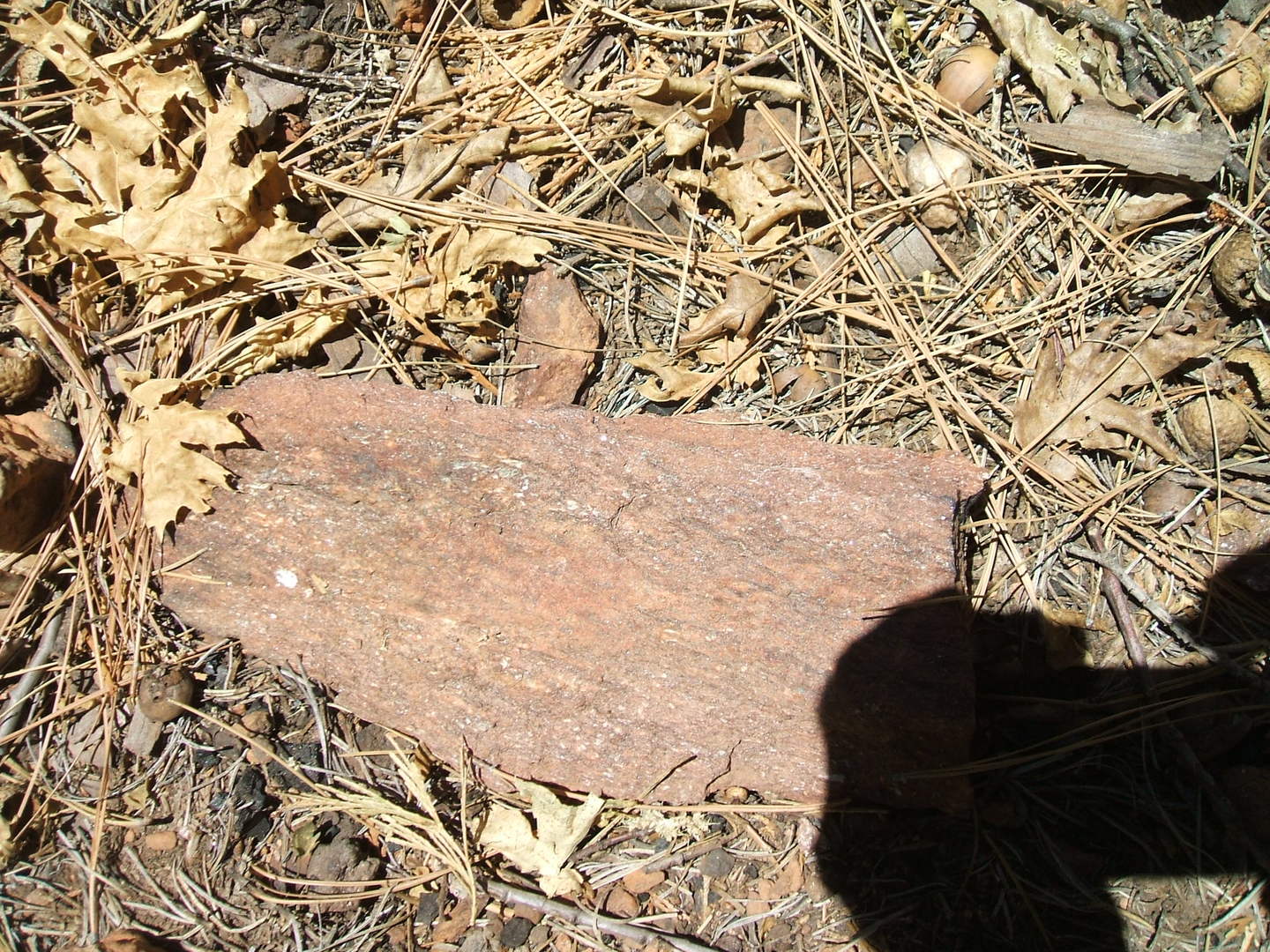


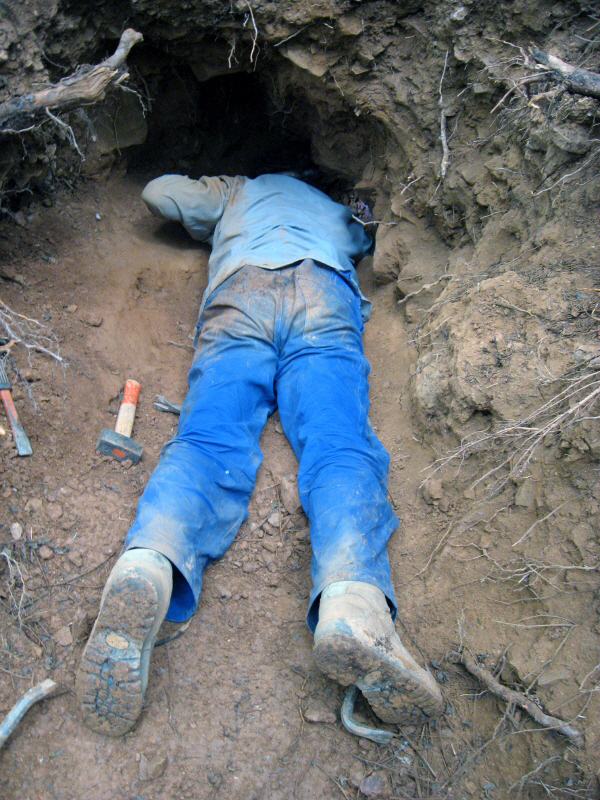


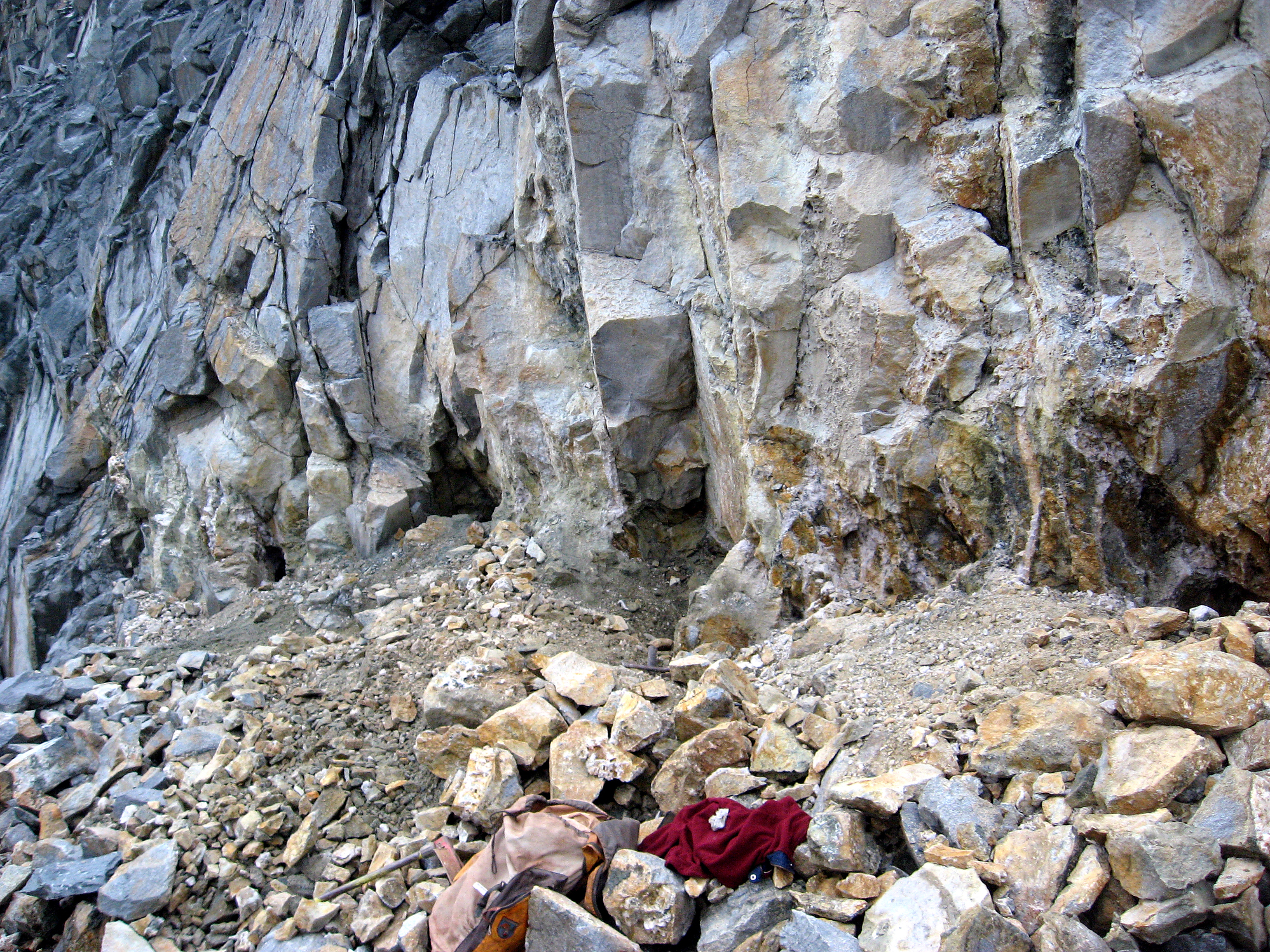








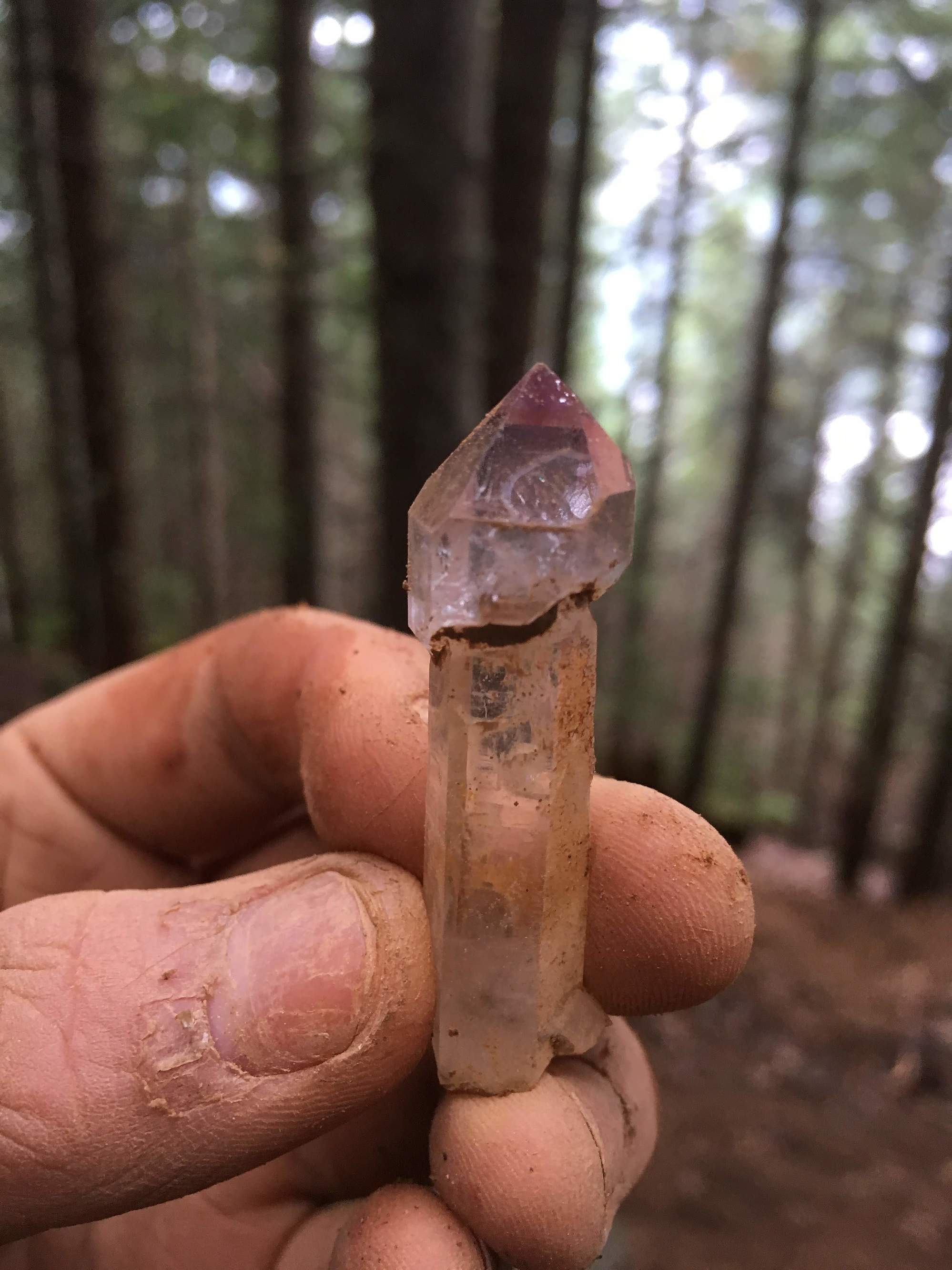



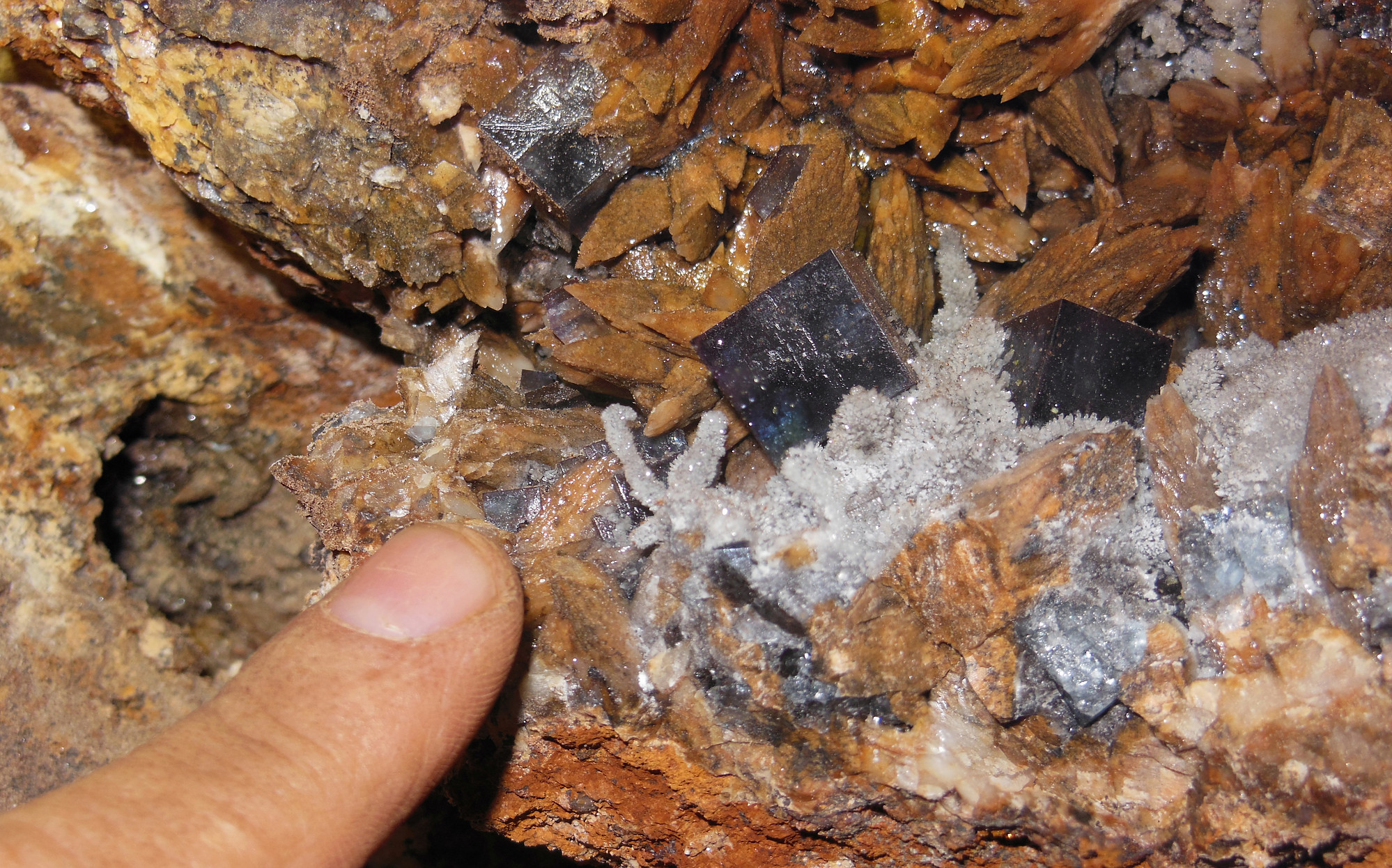


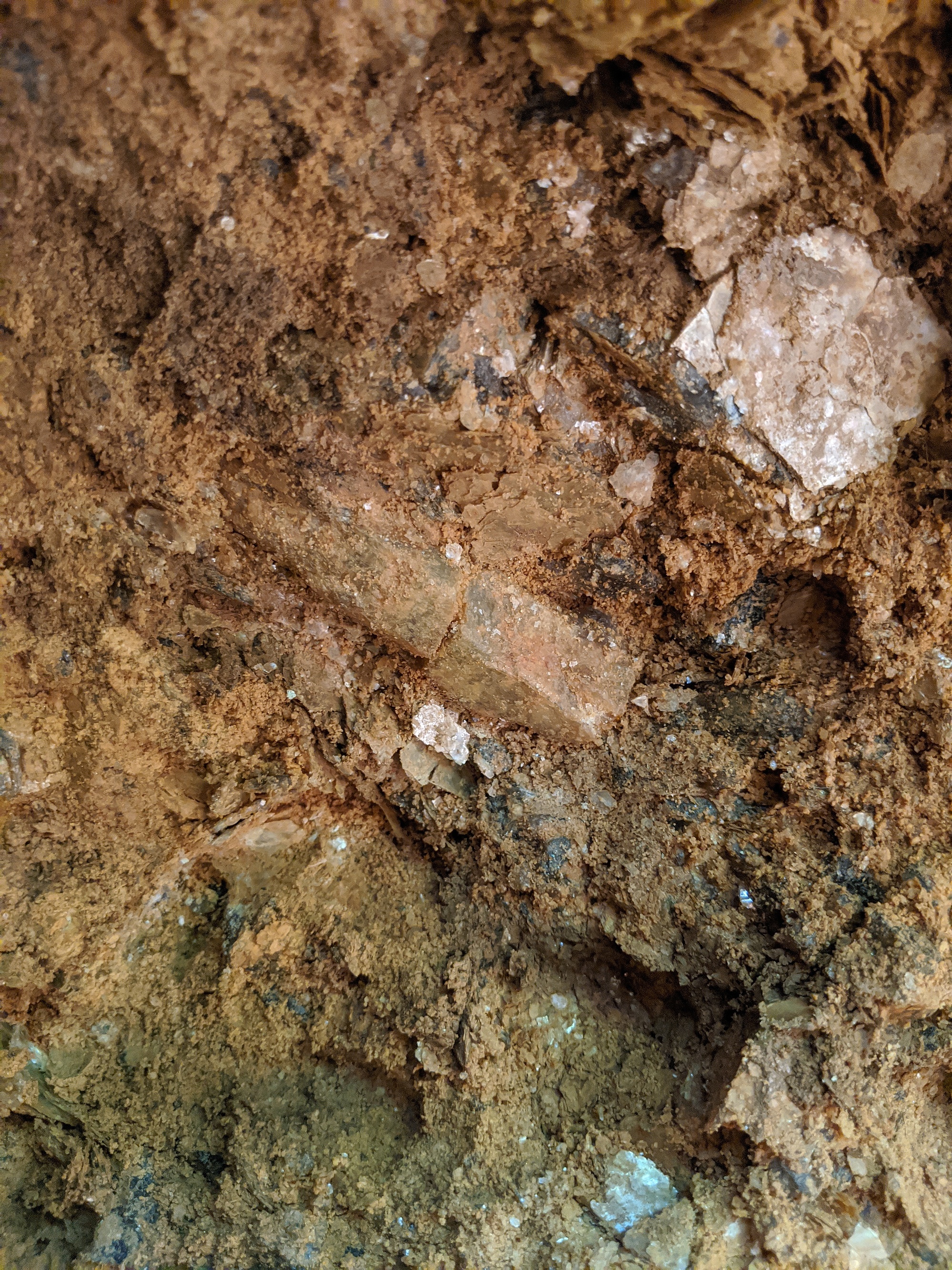




Bastogne, Luxembourg, Wallonia, Belgium